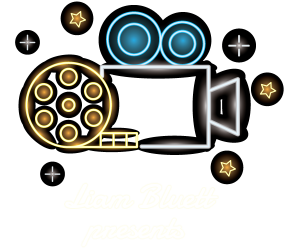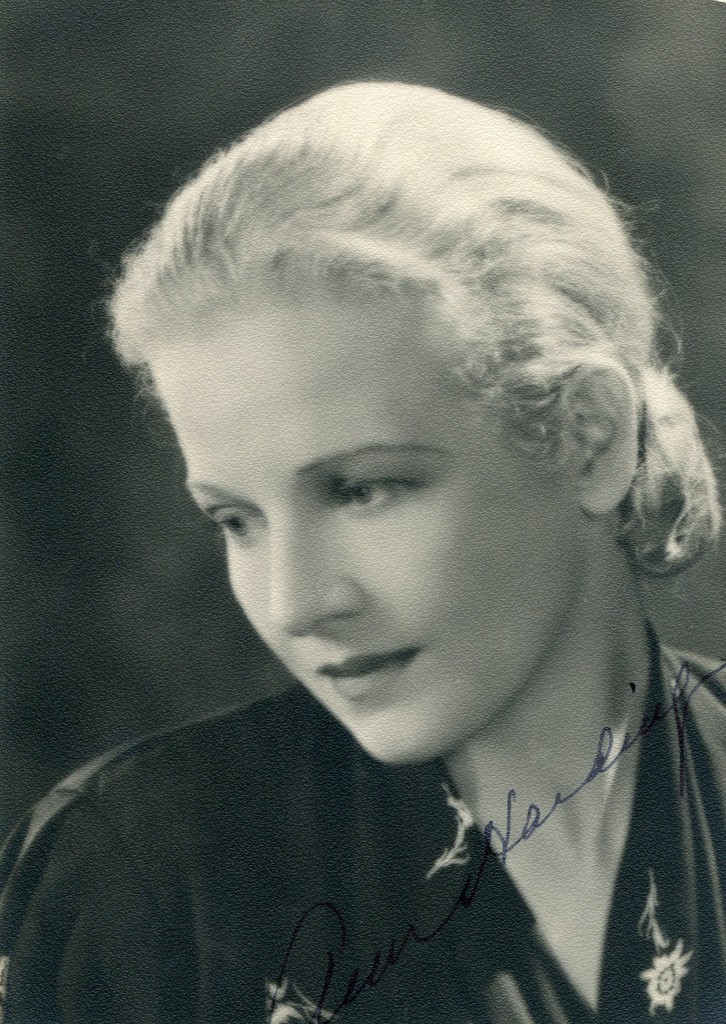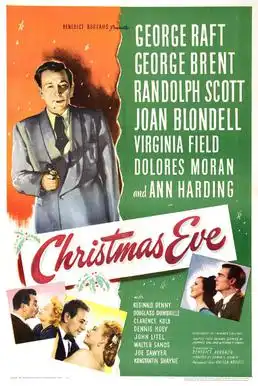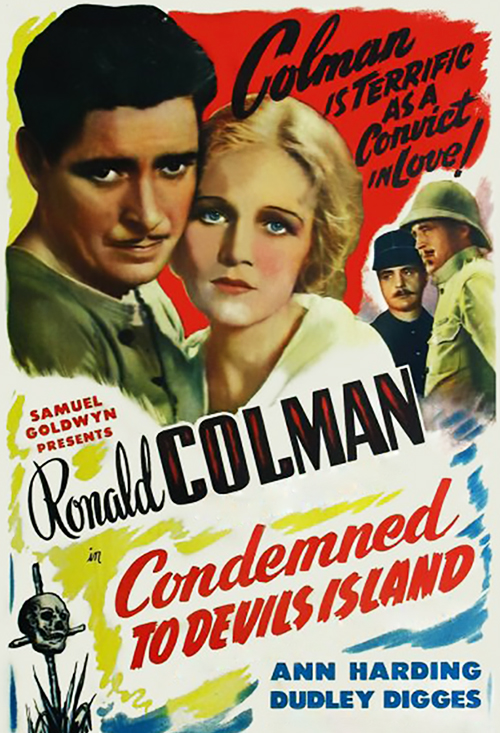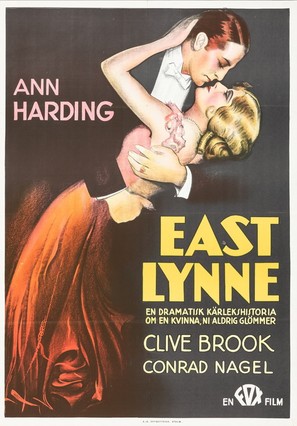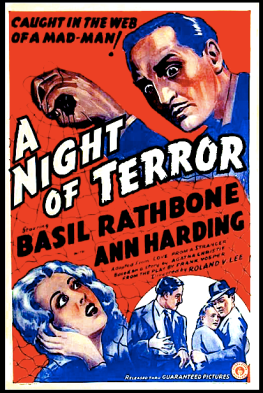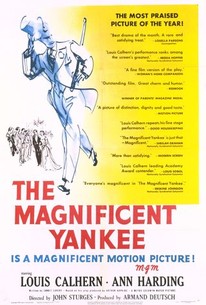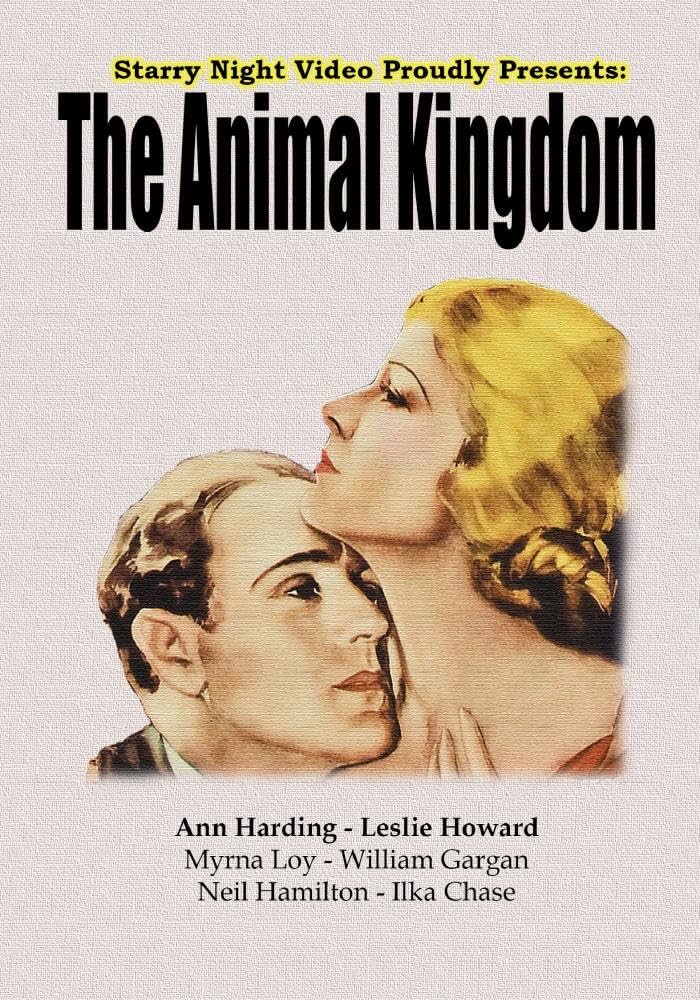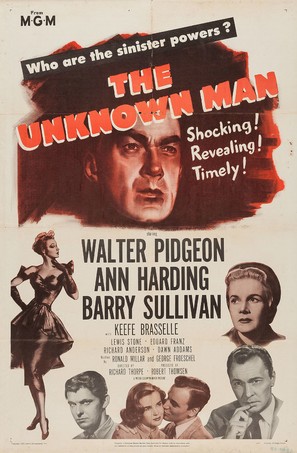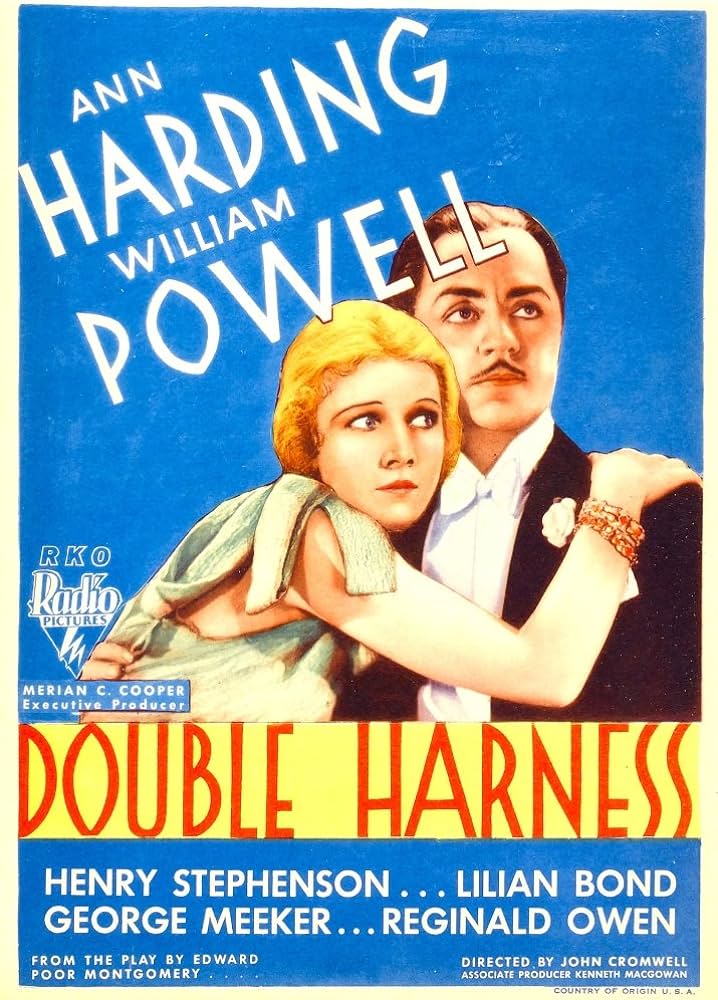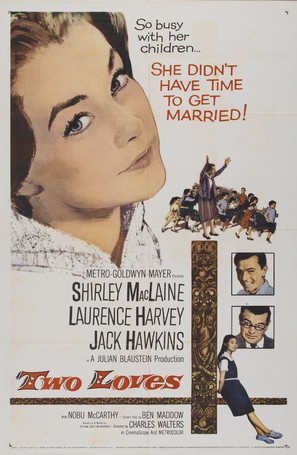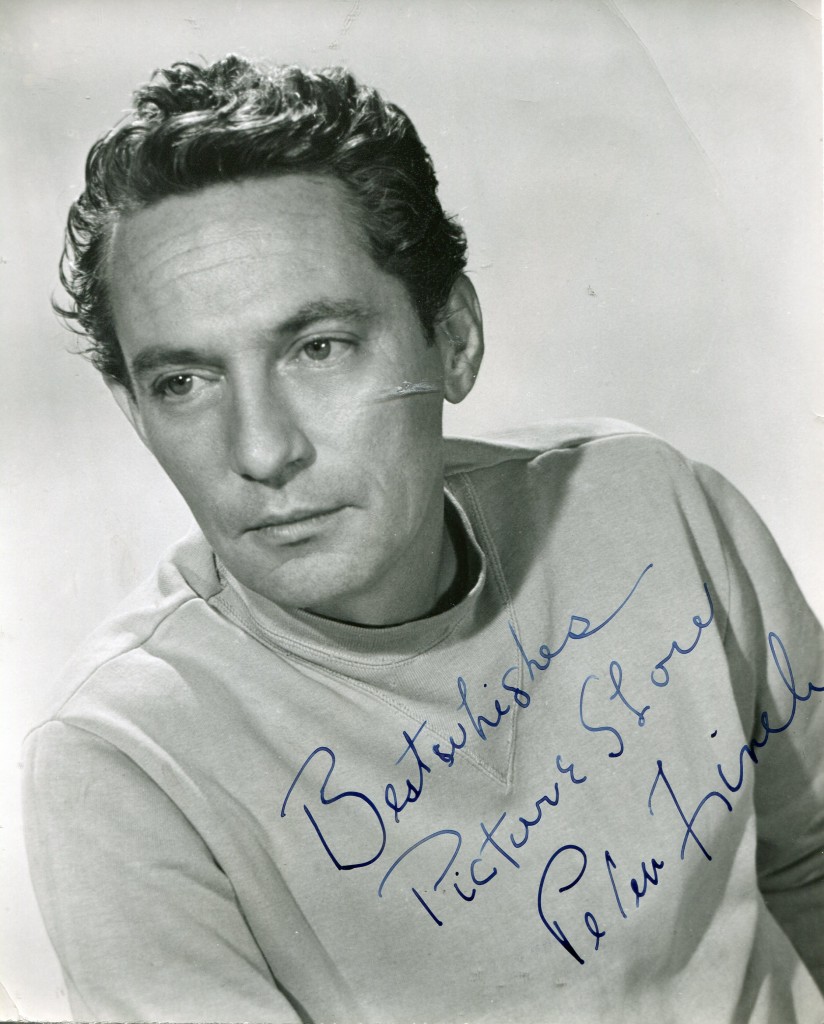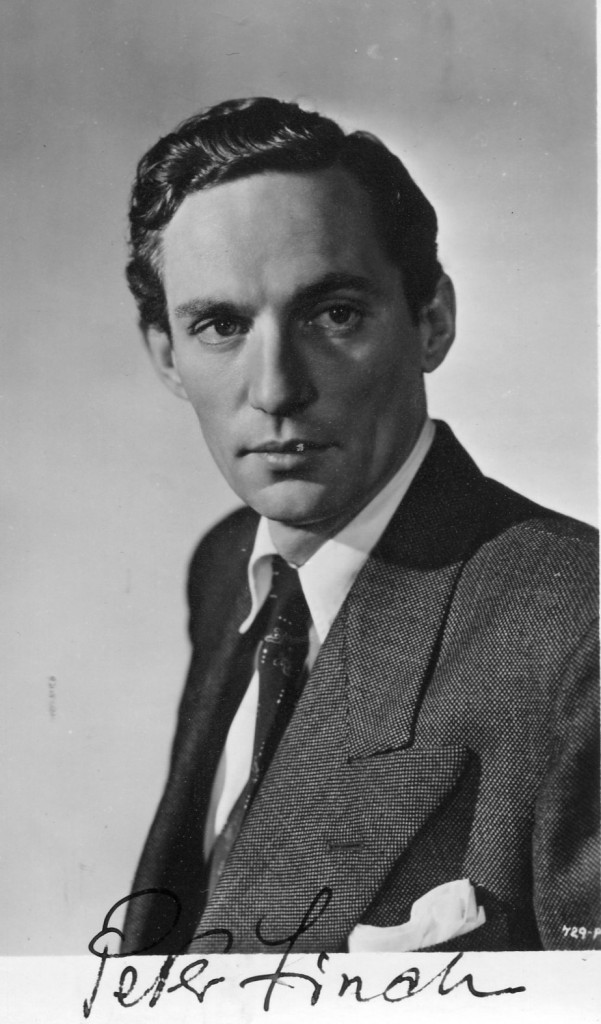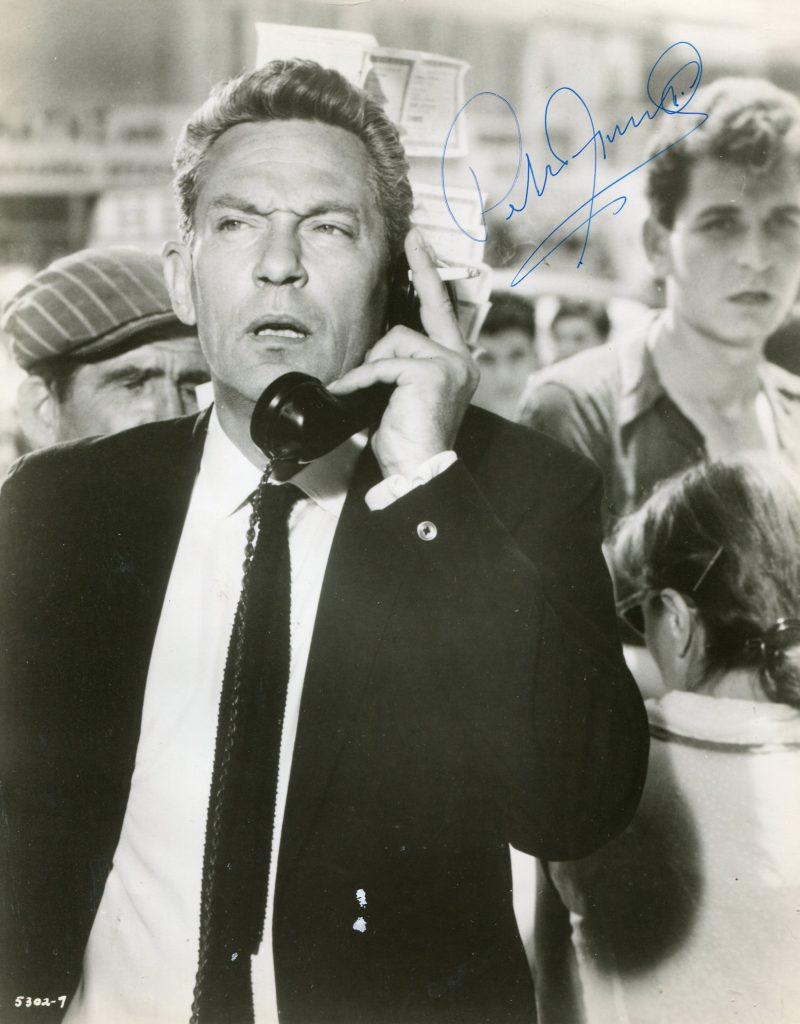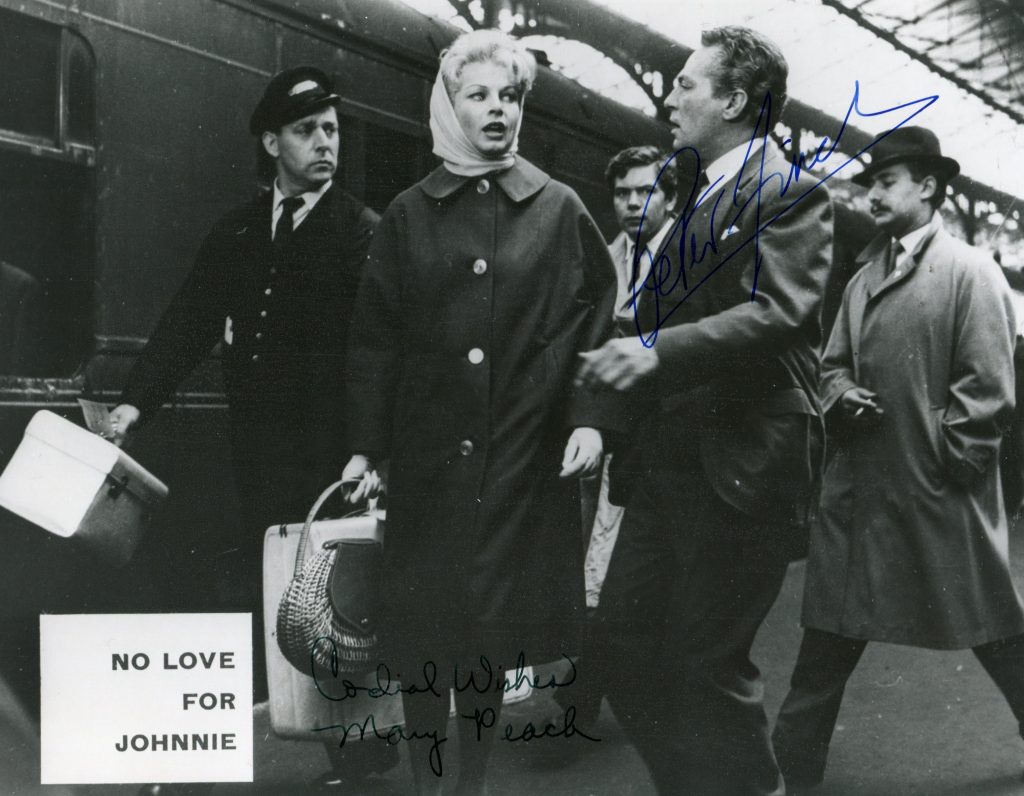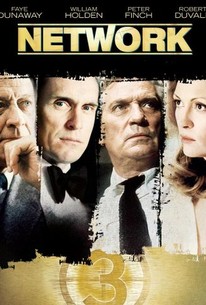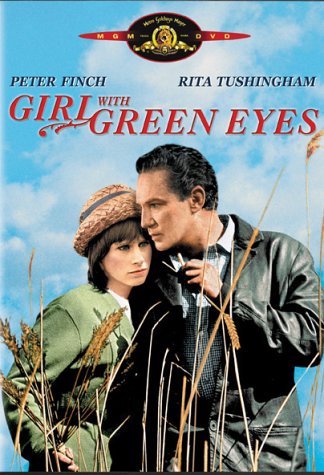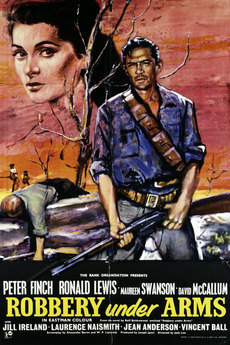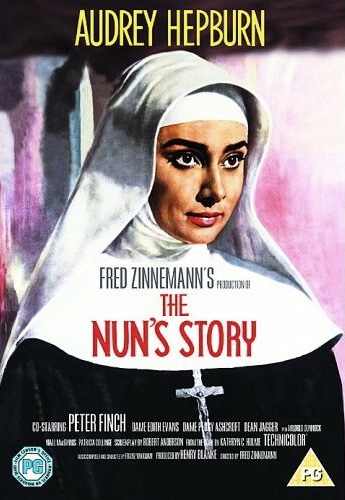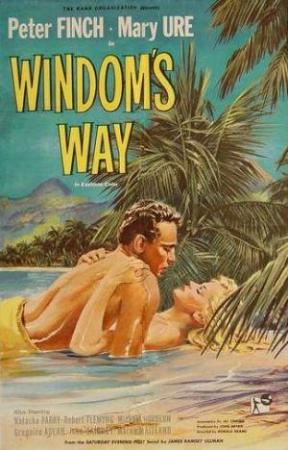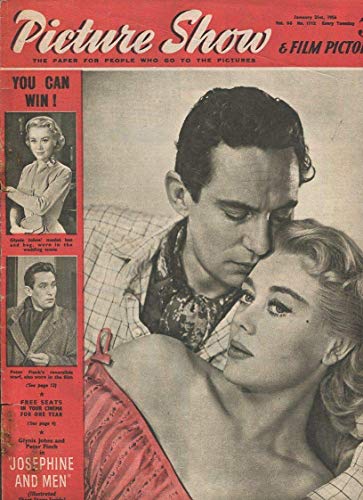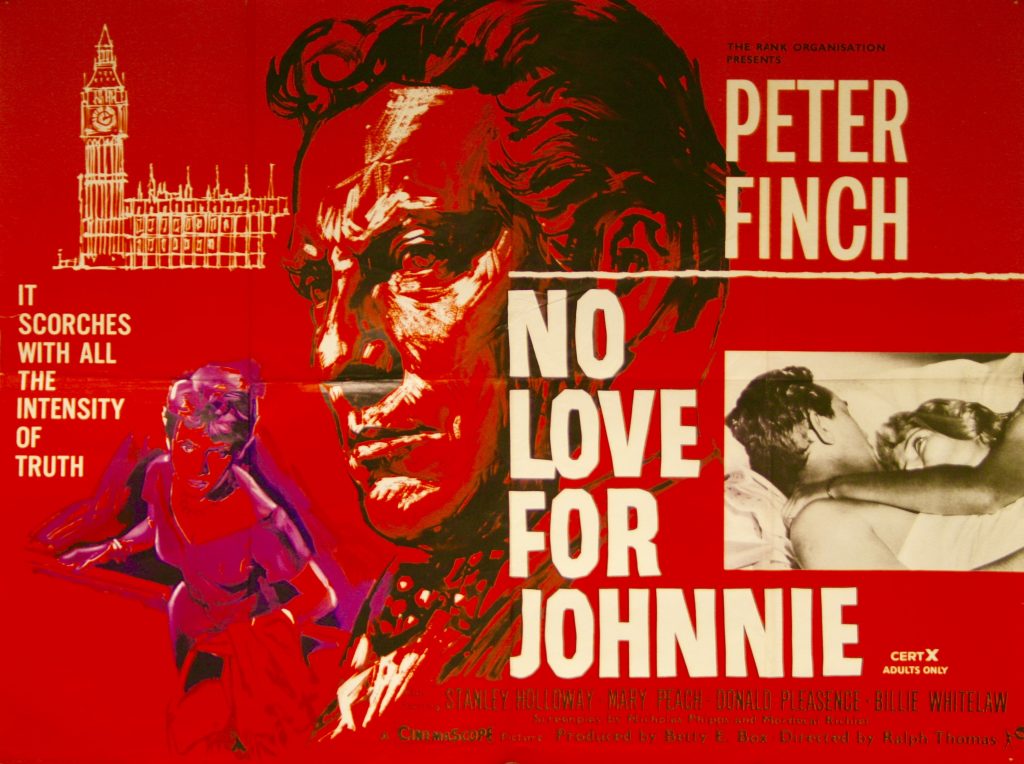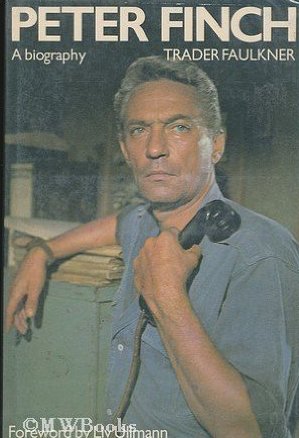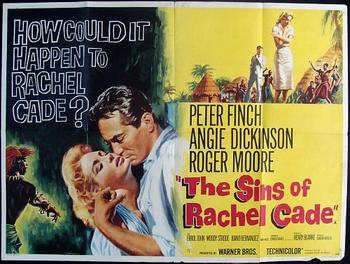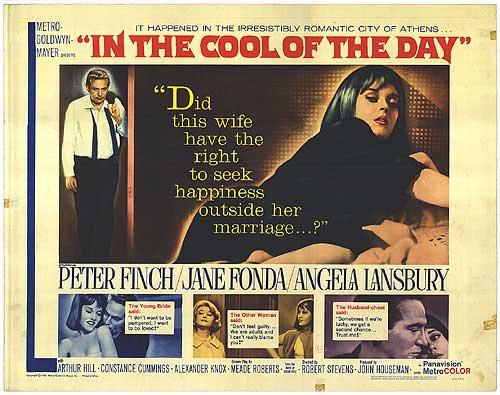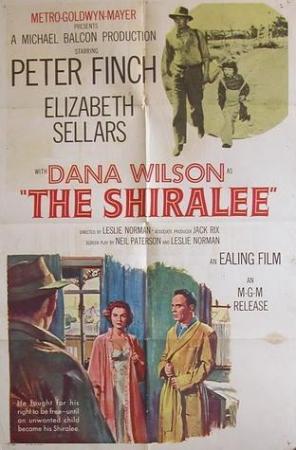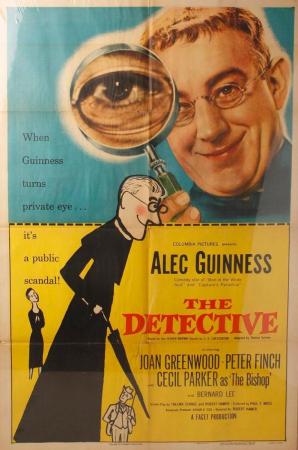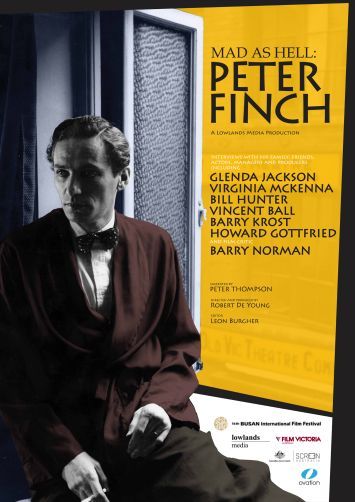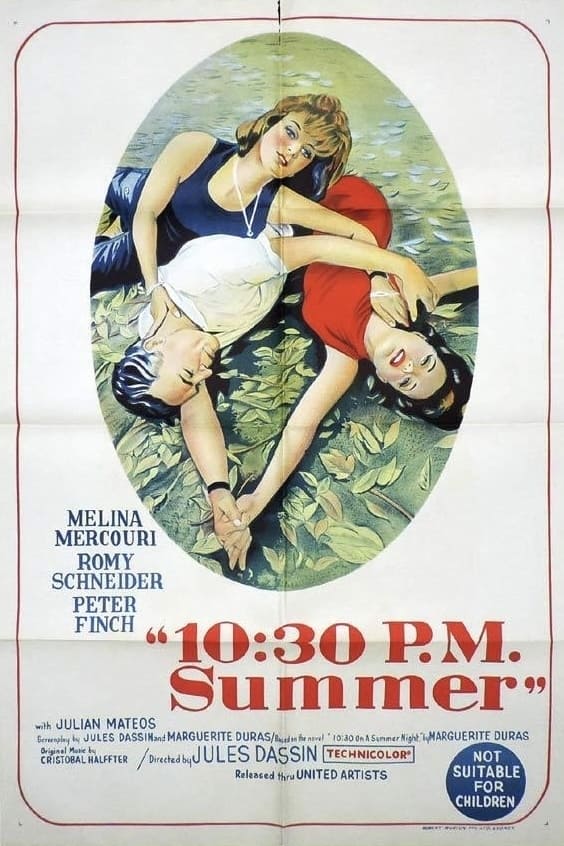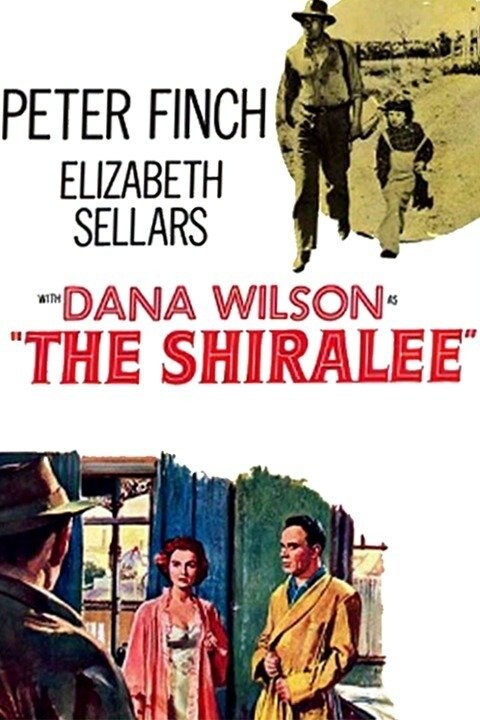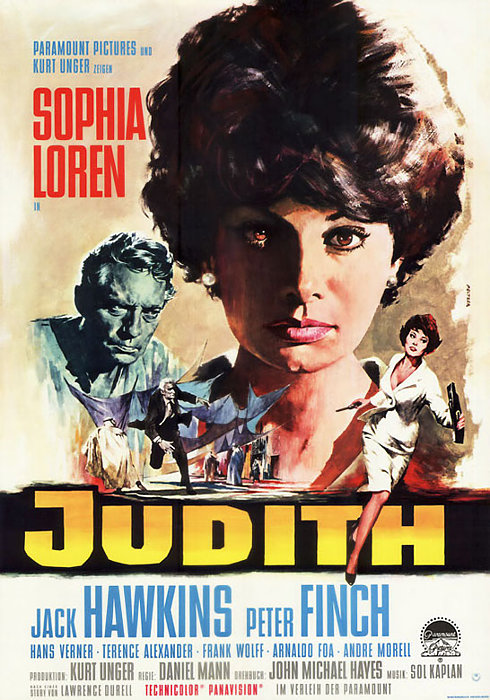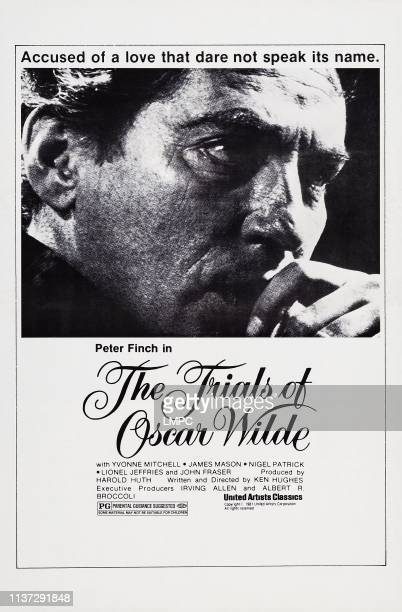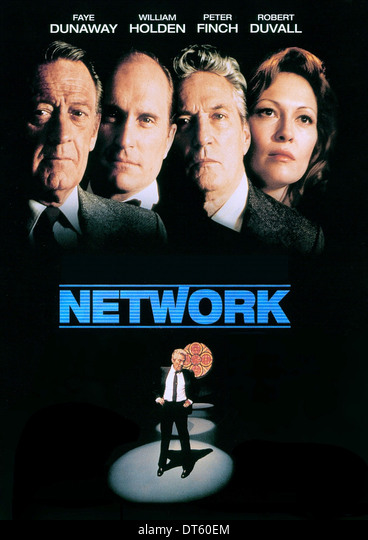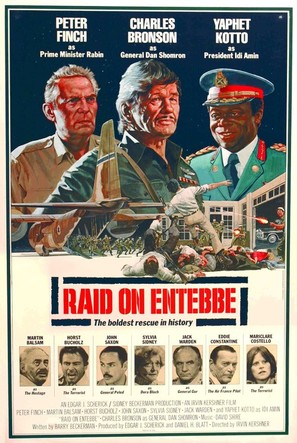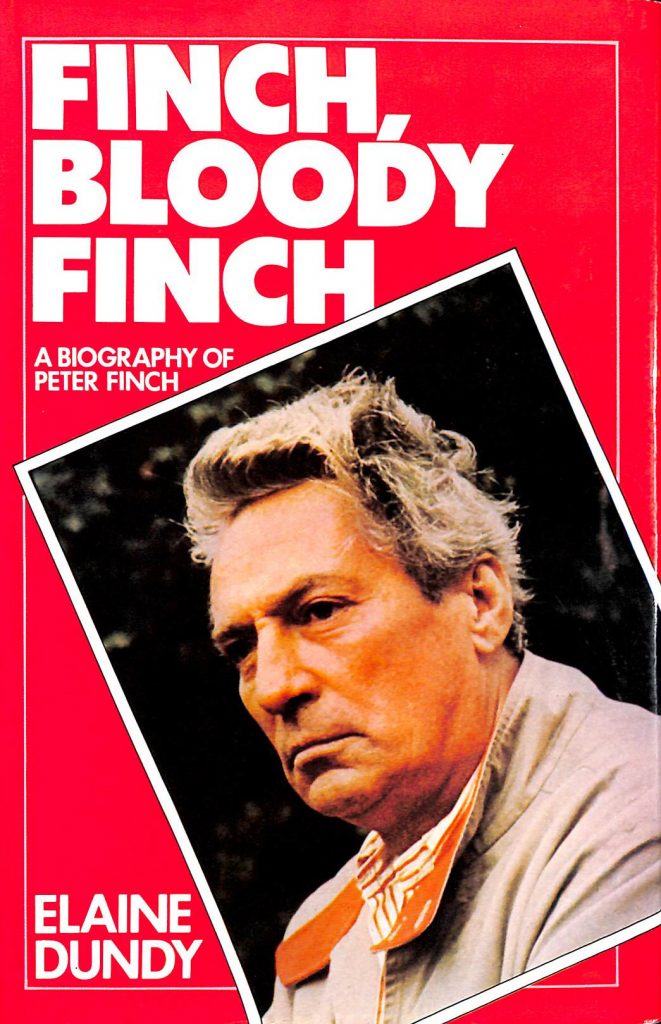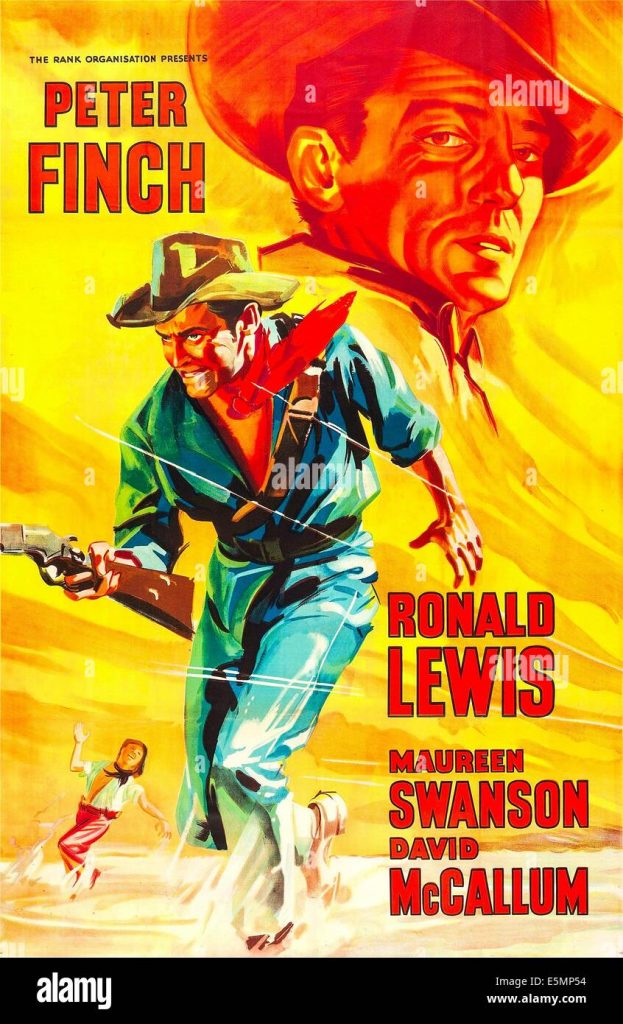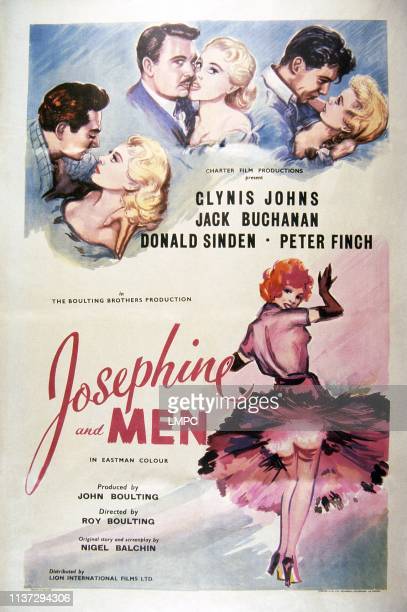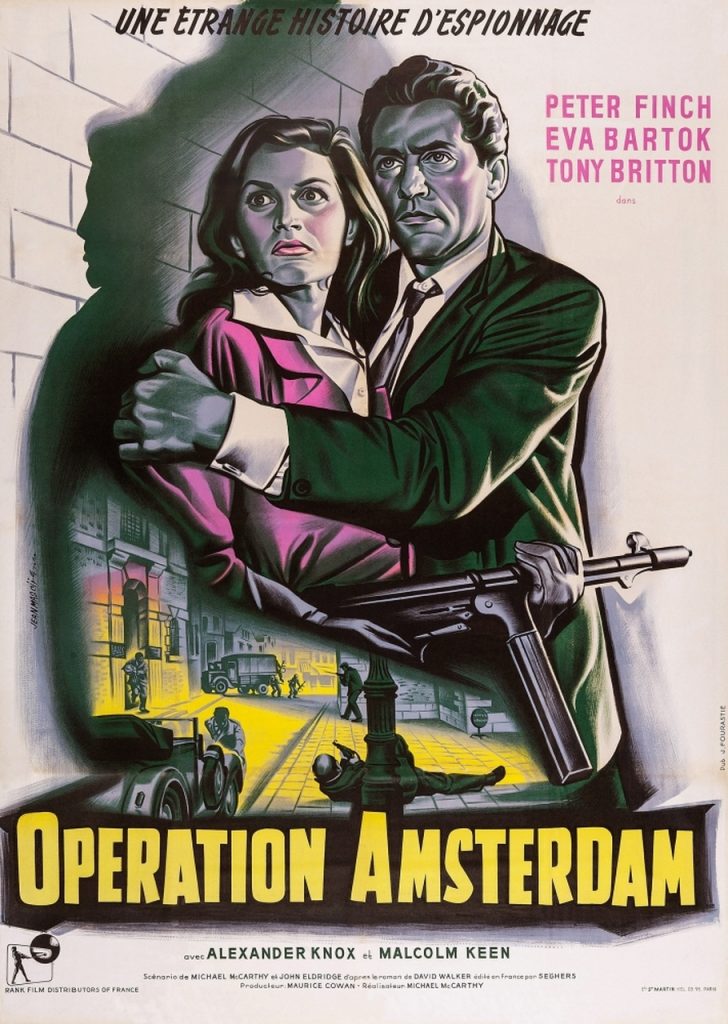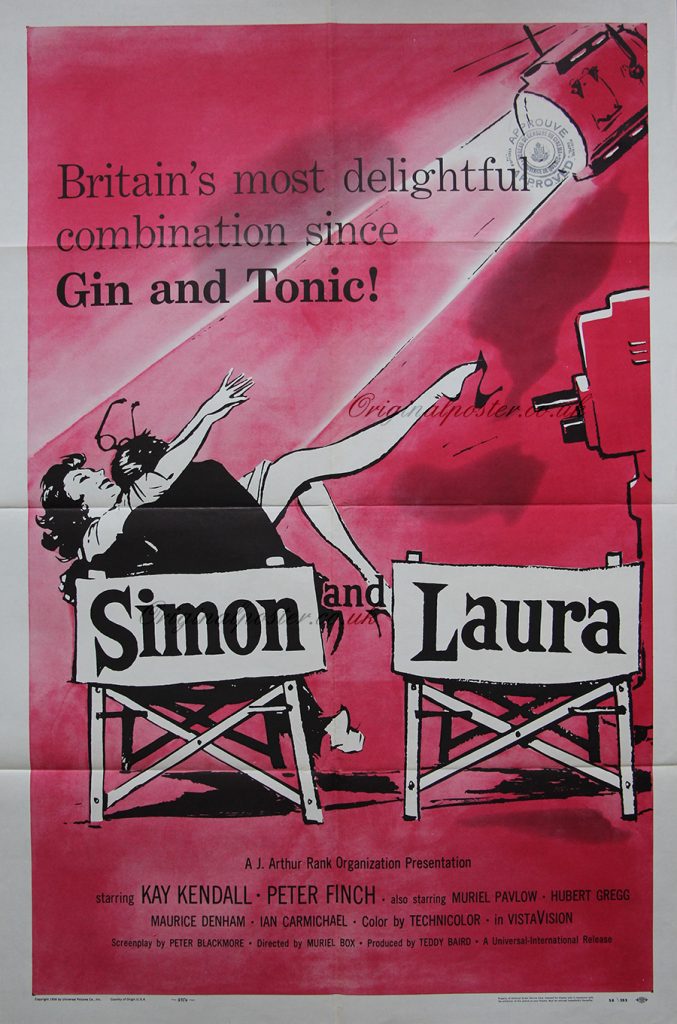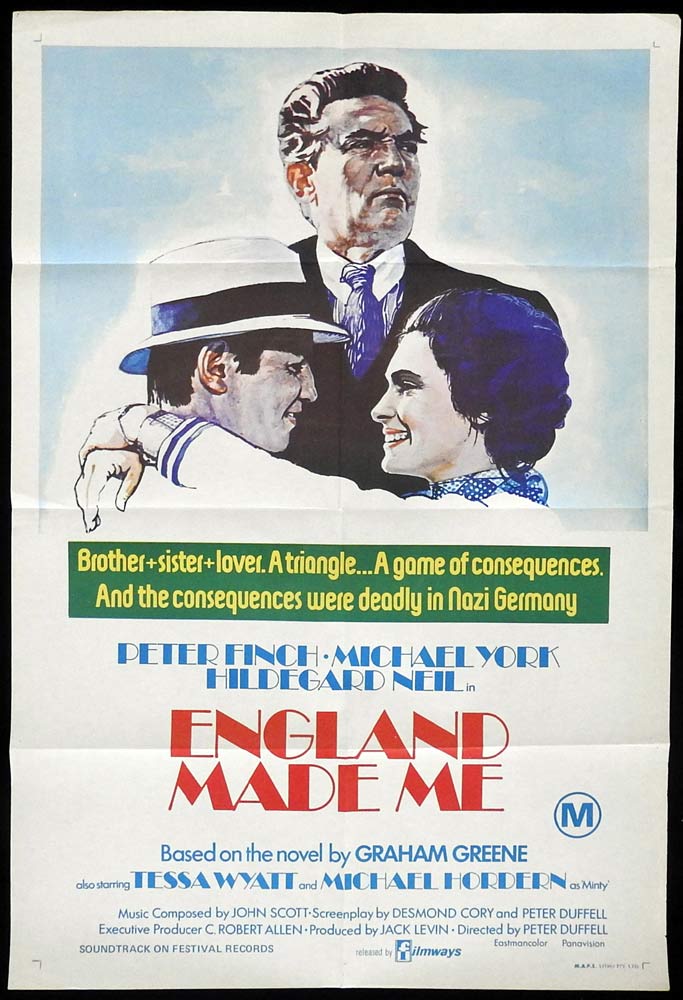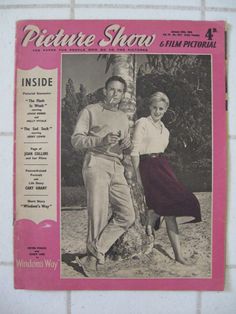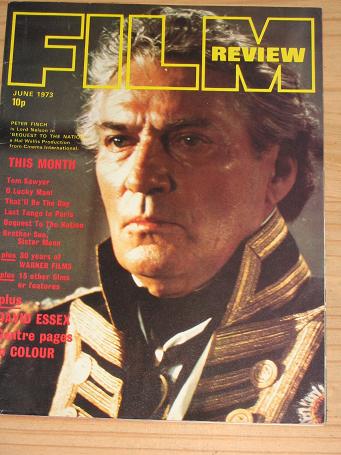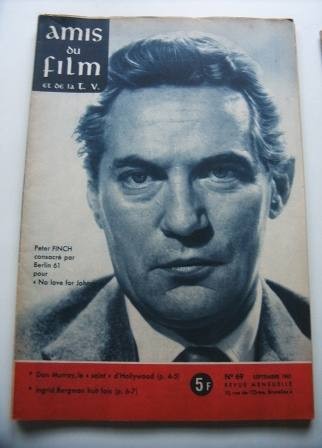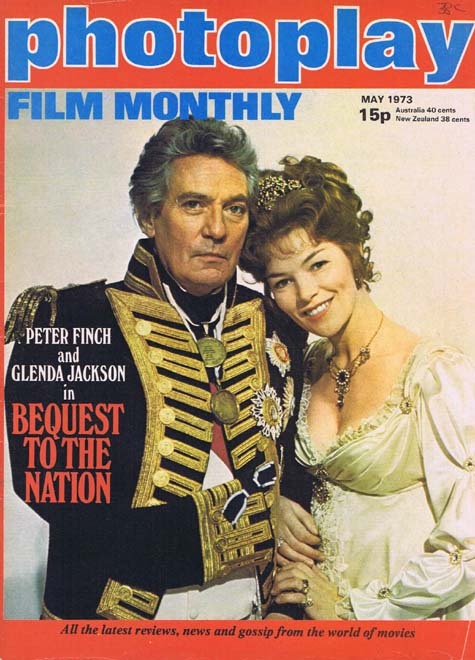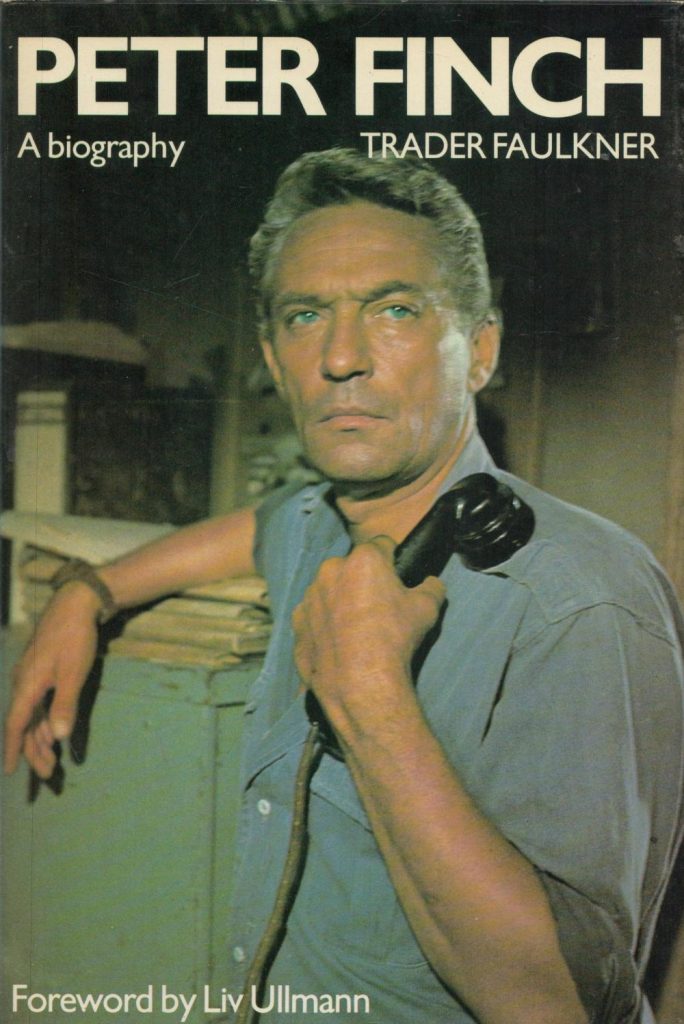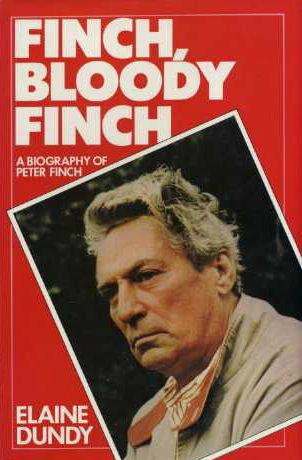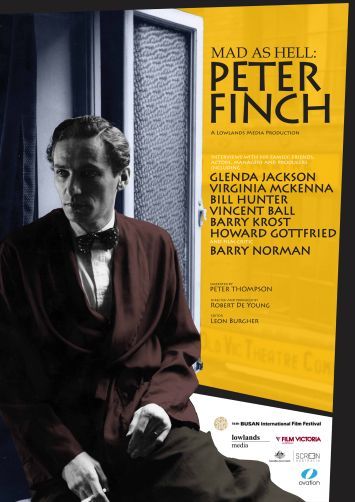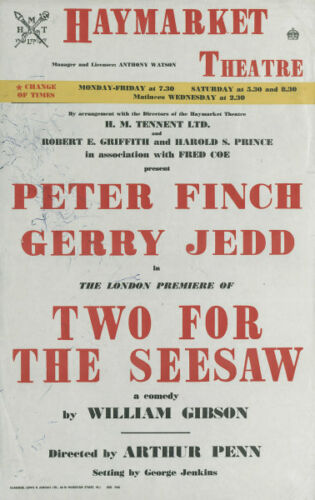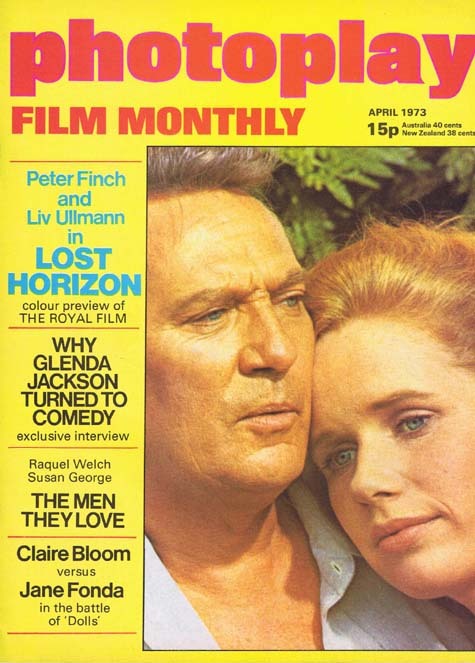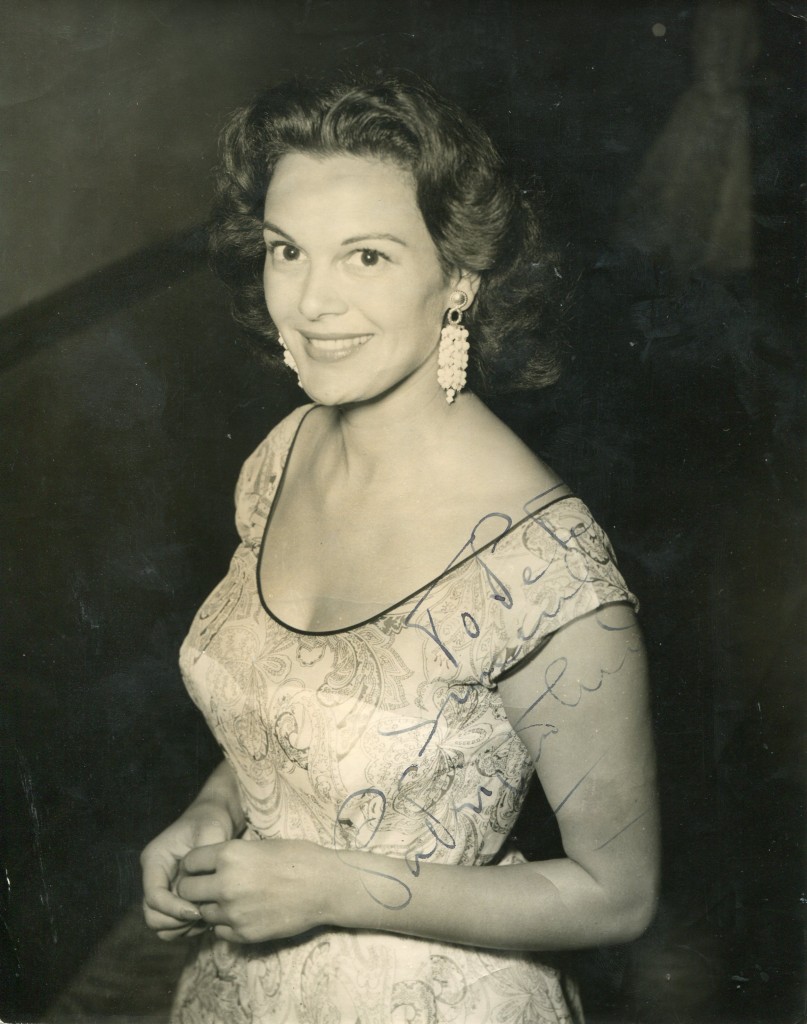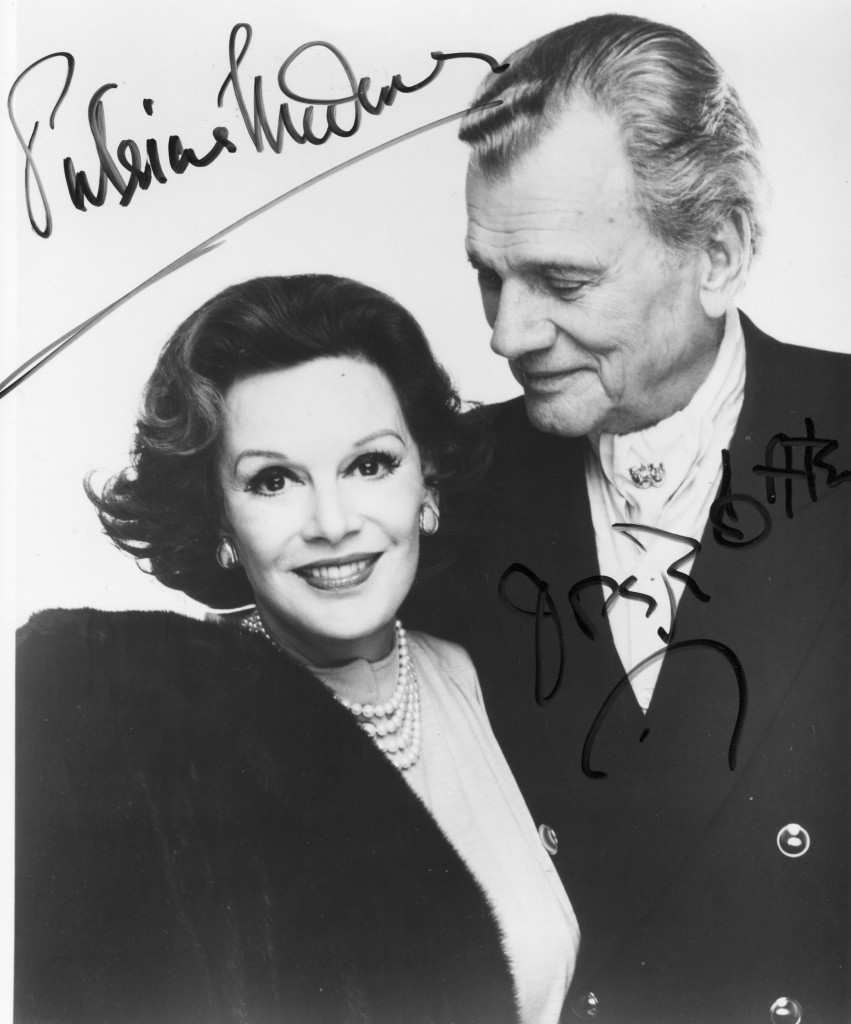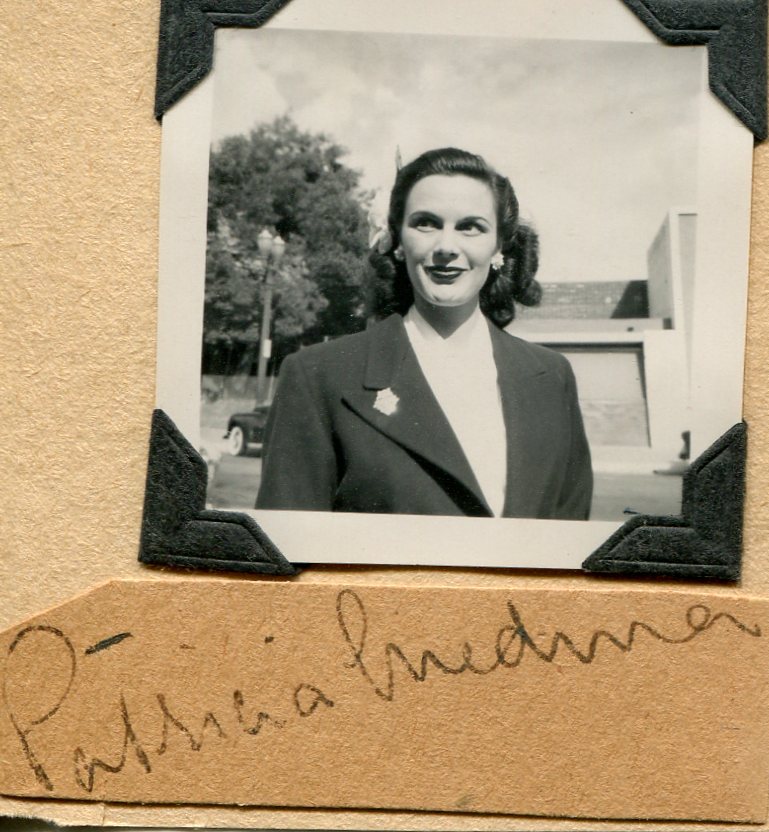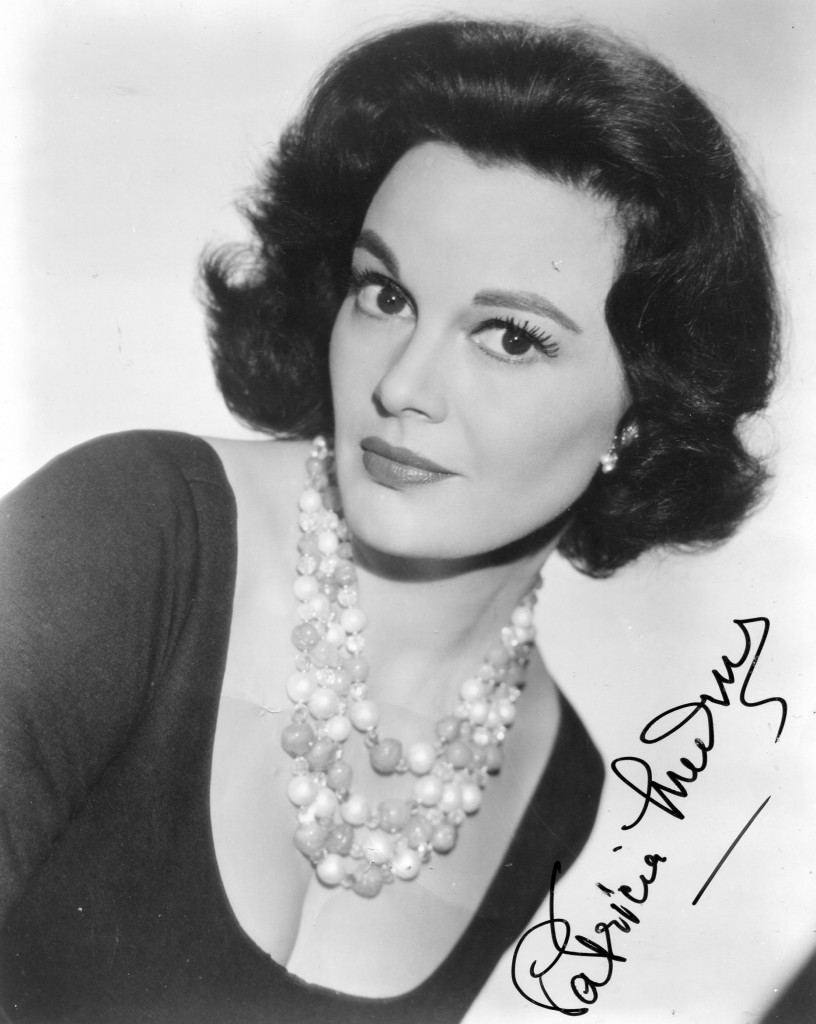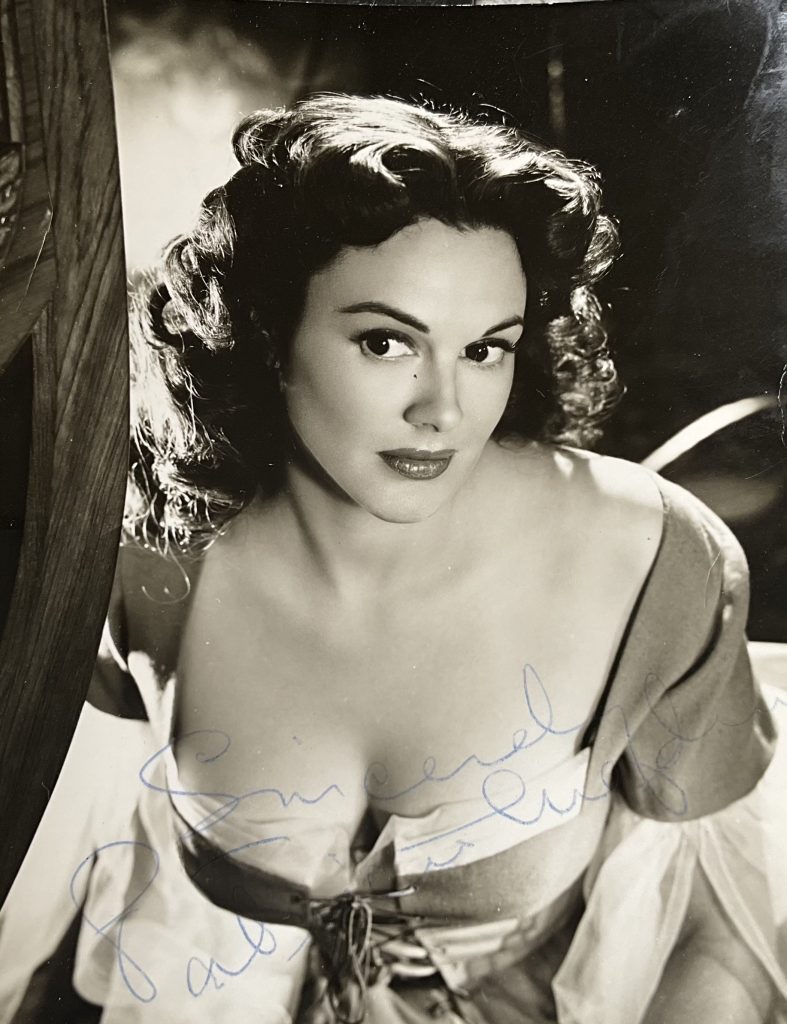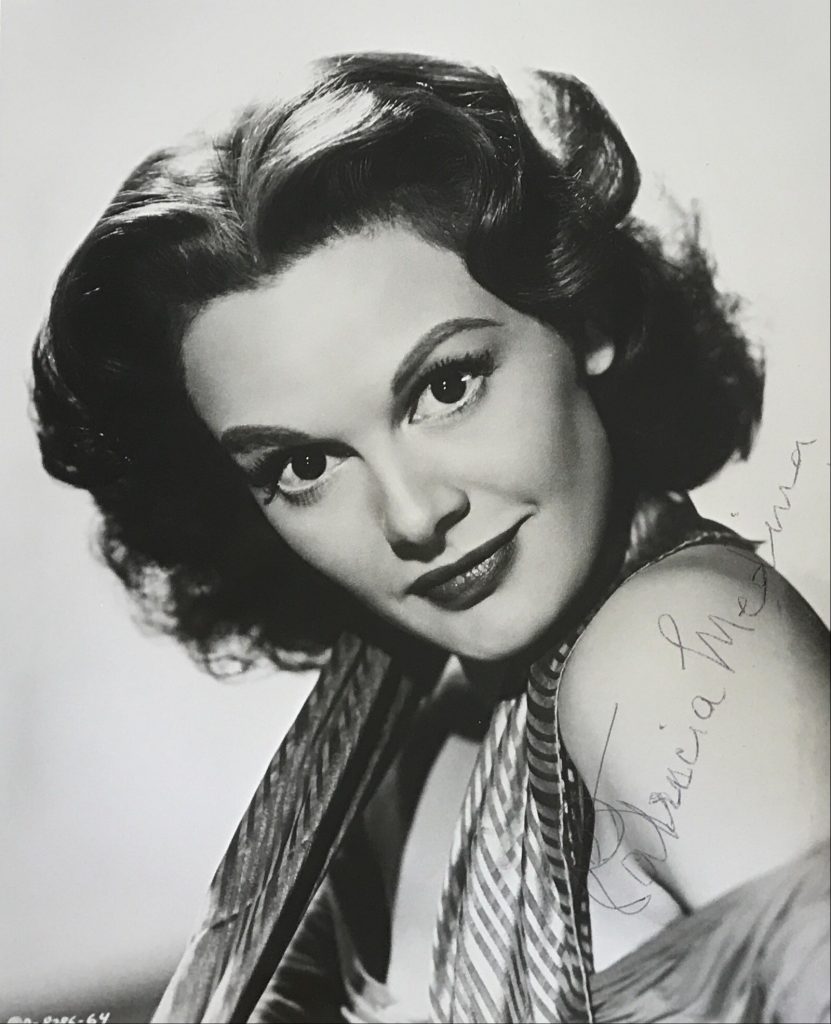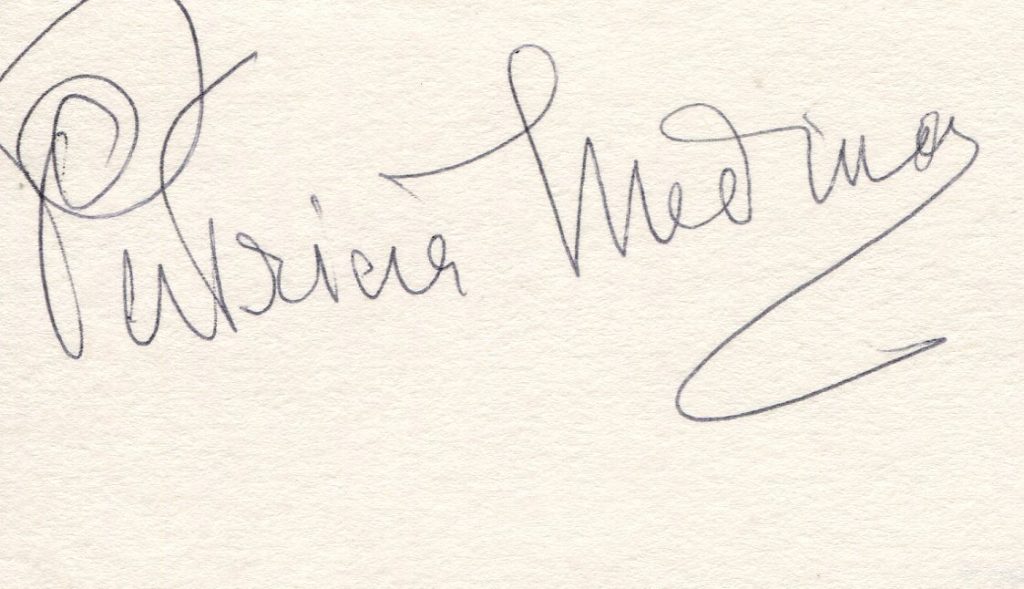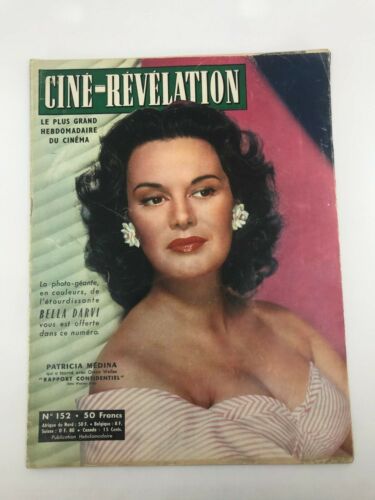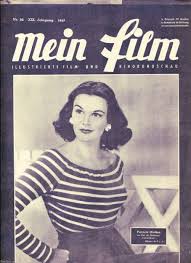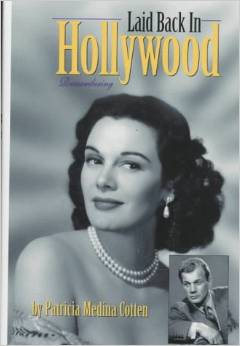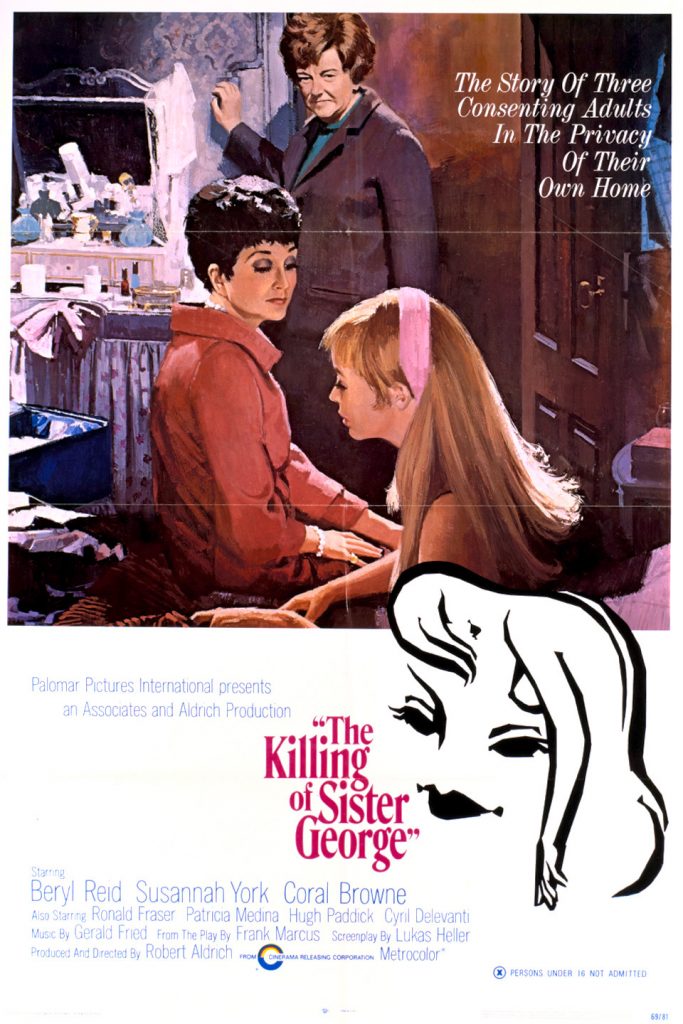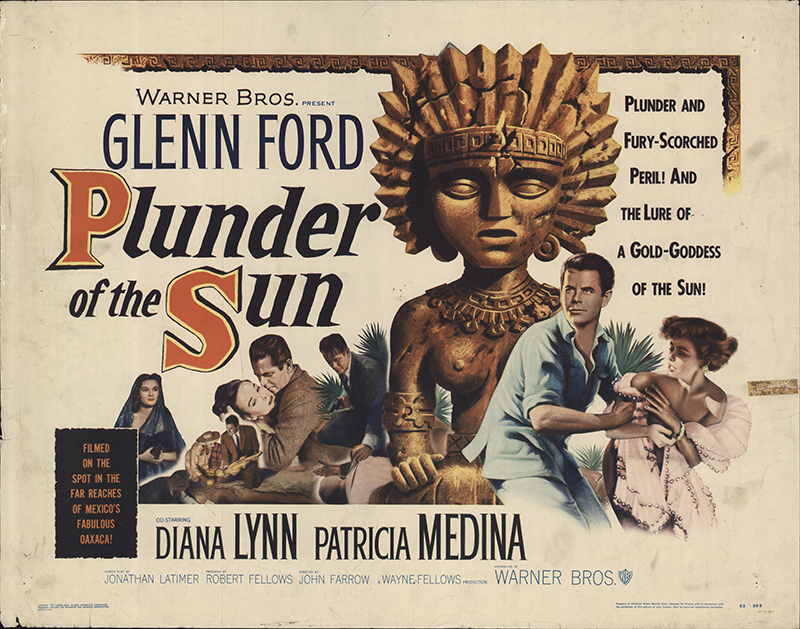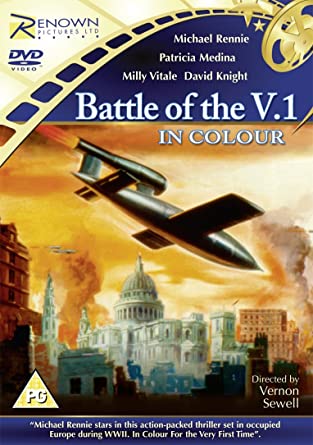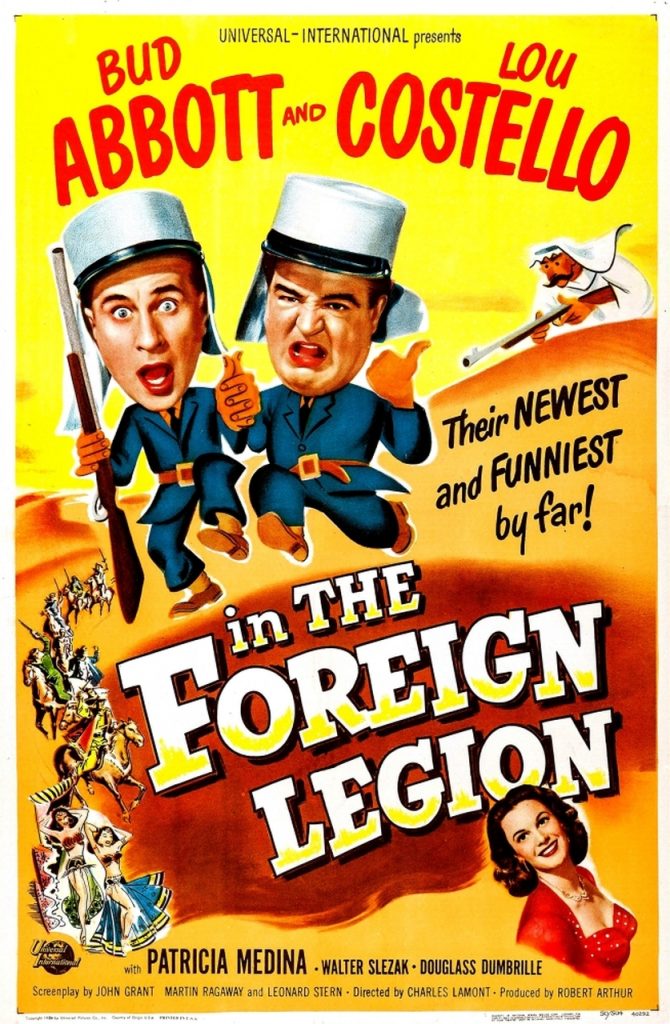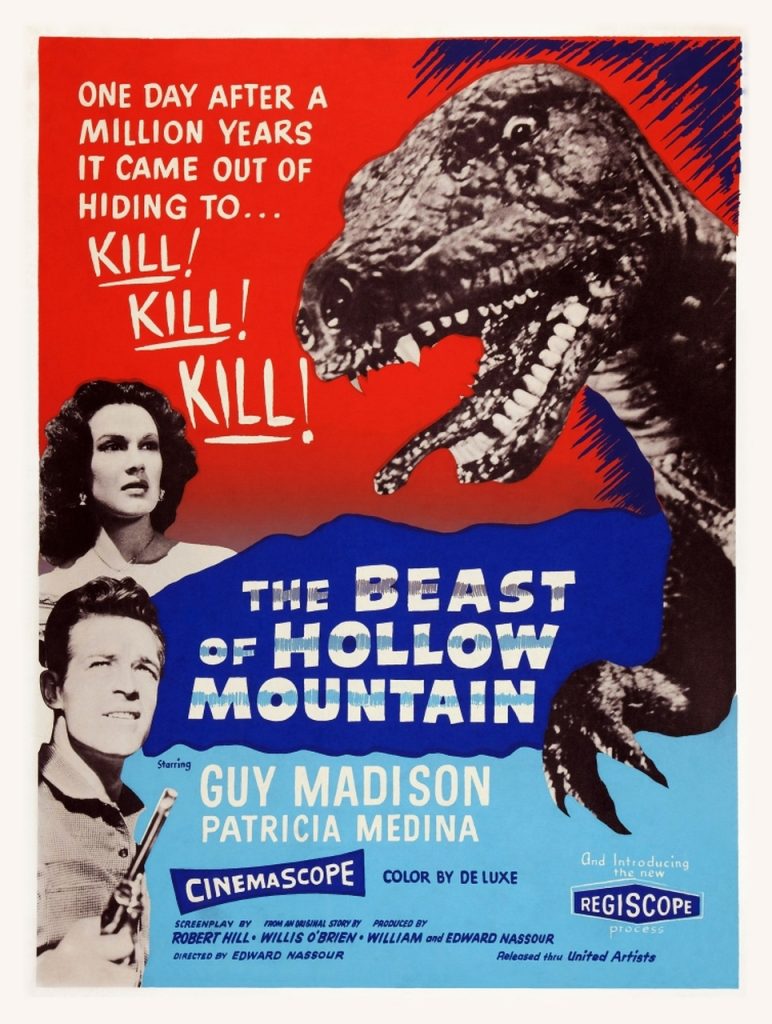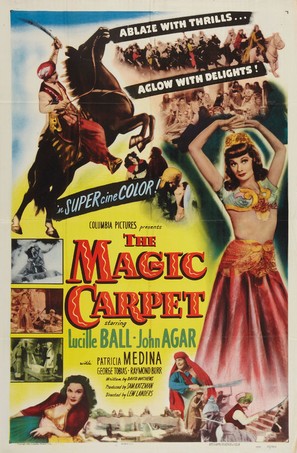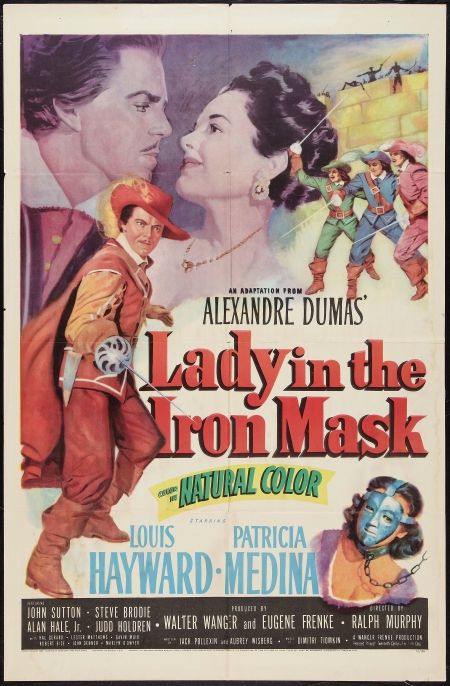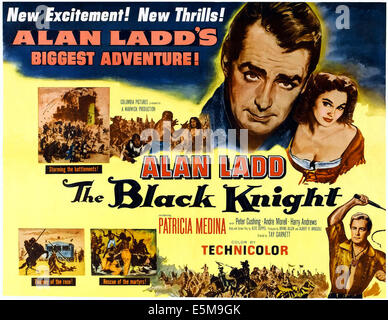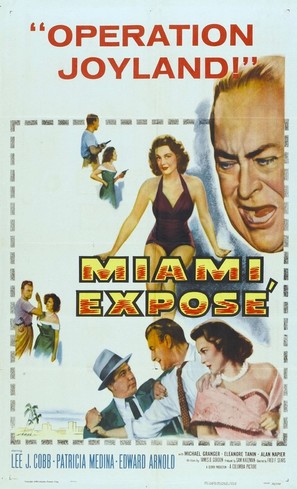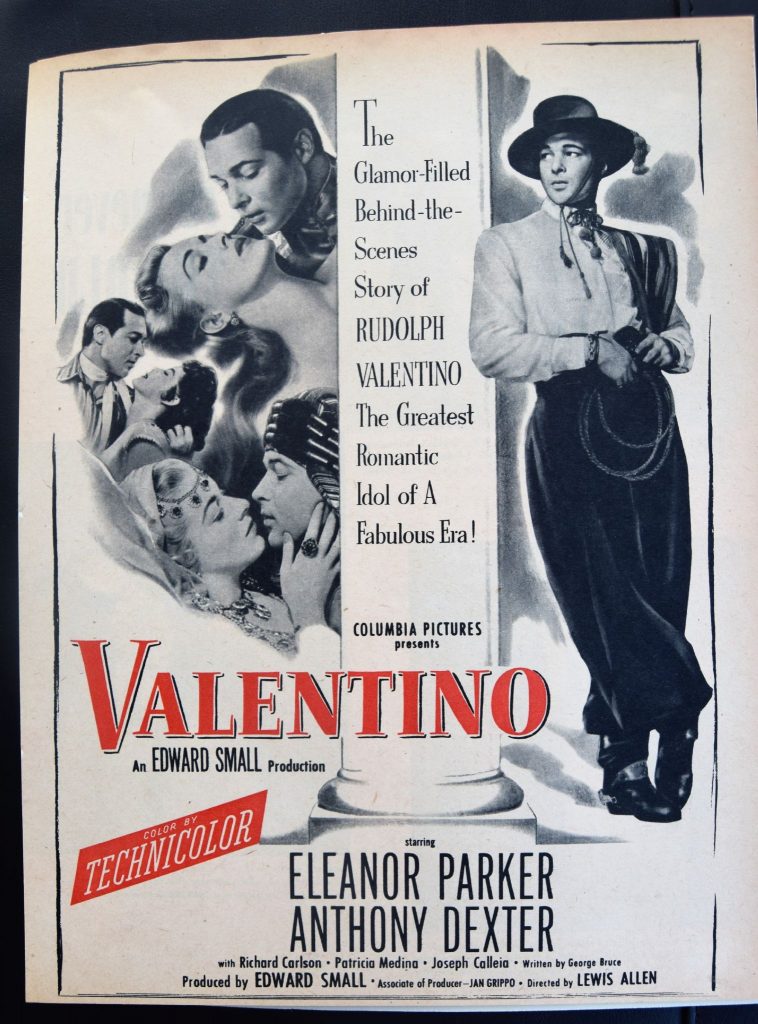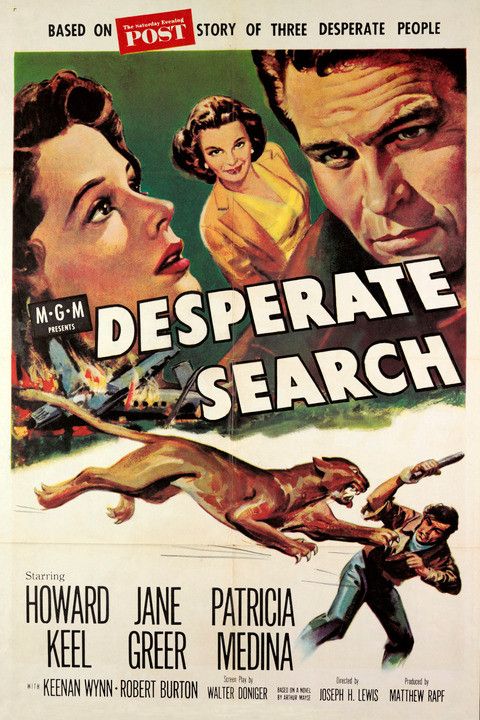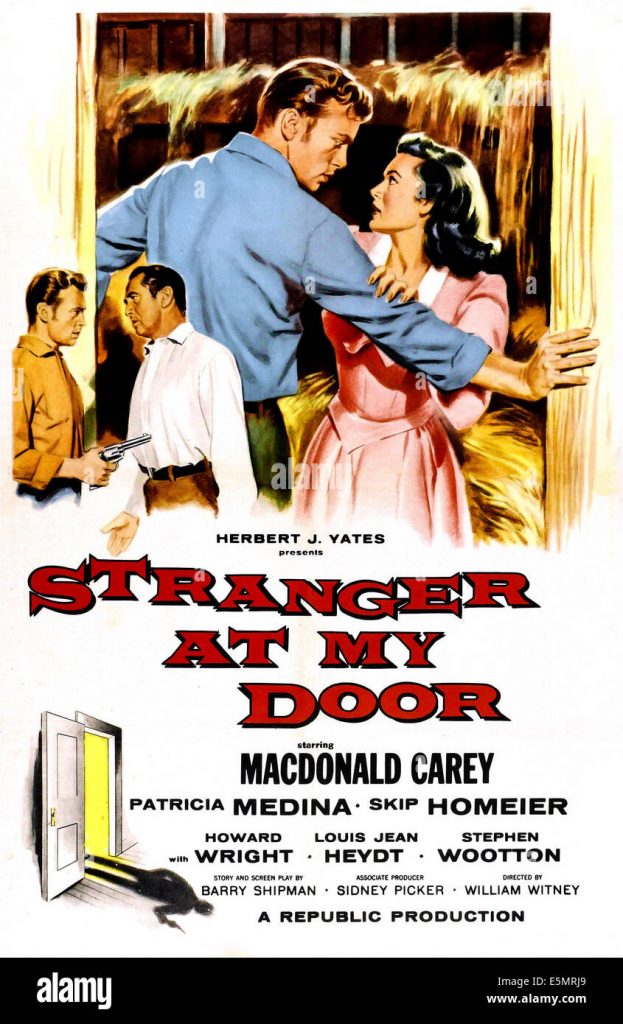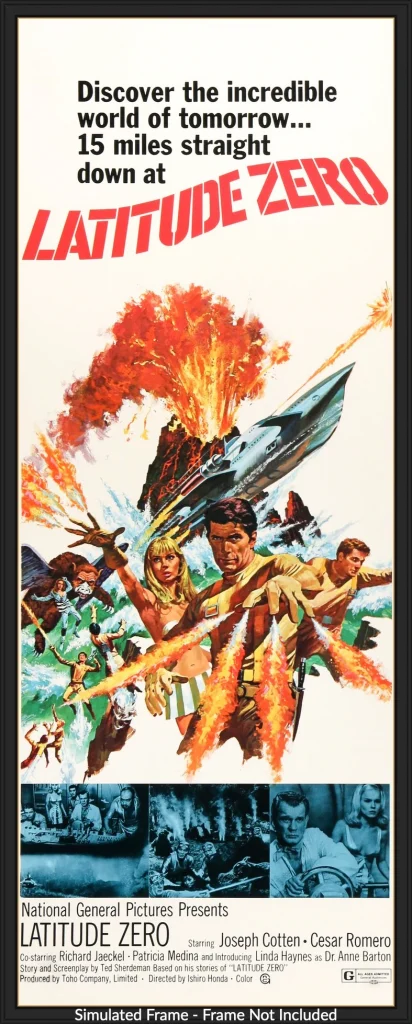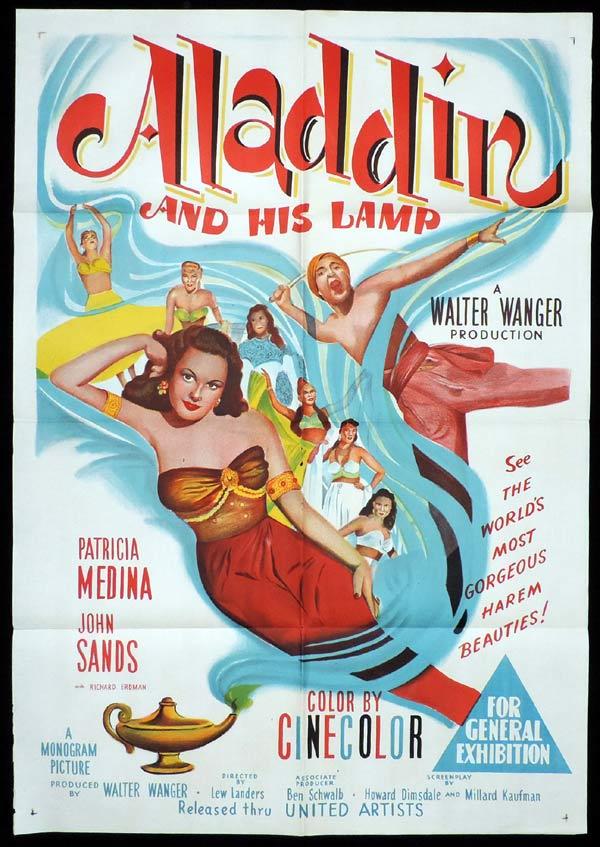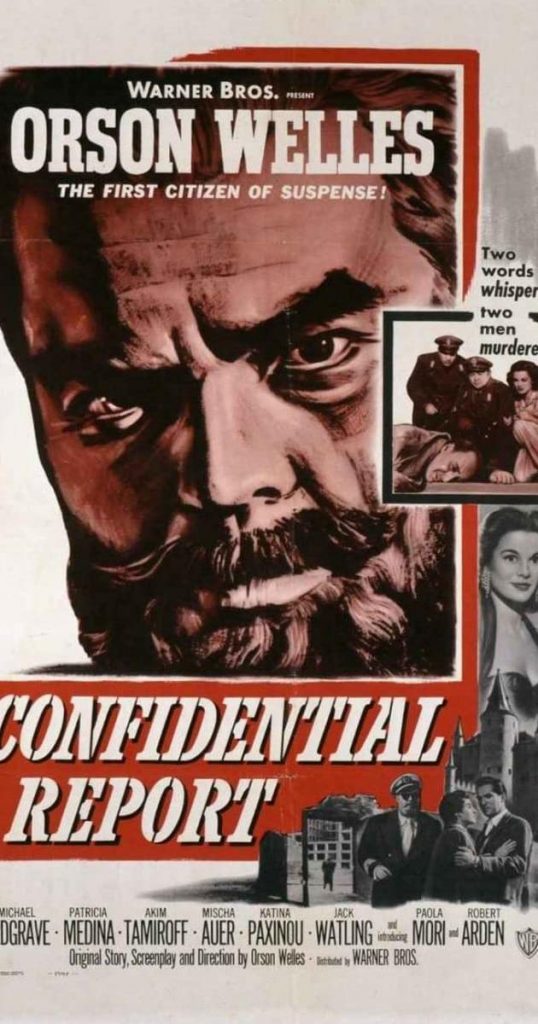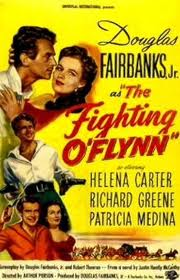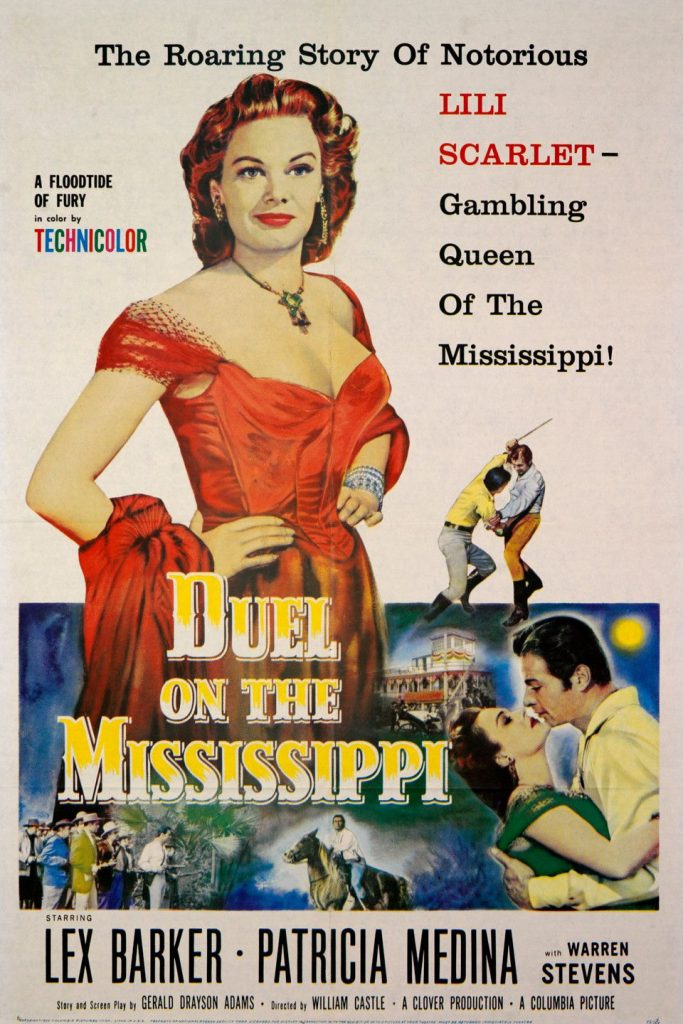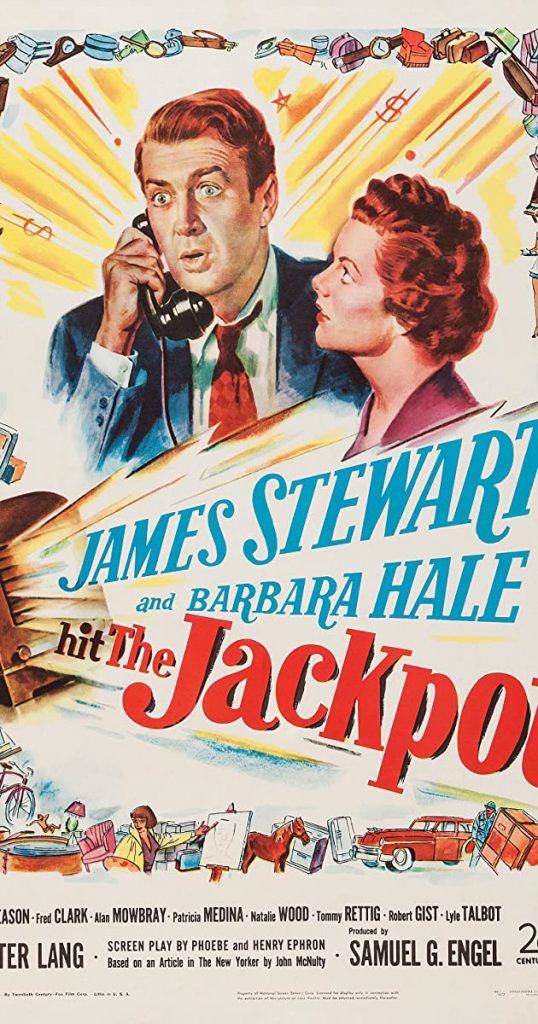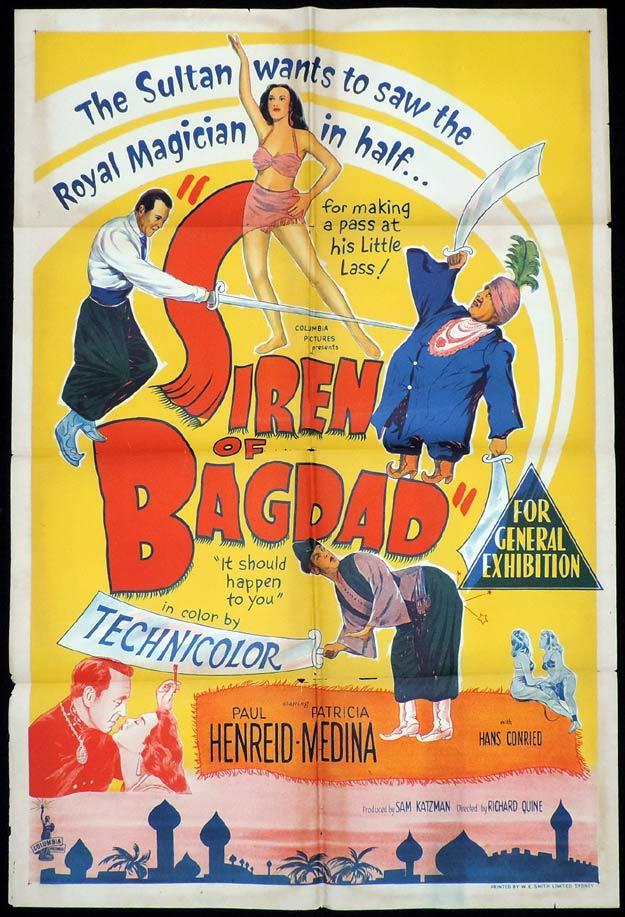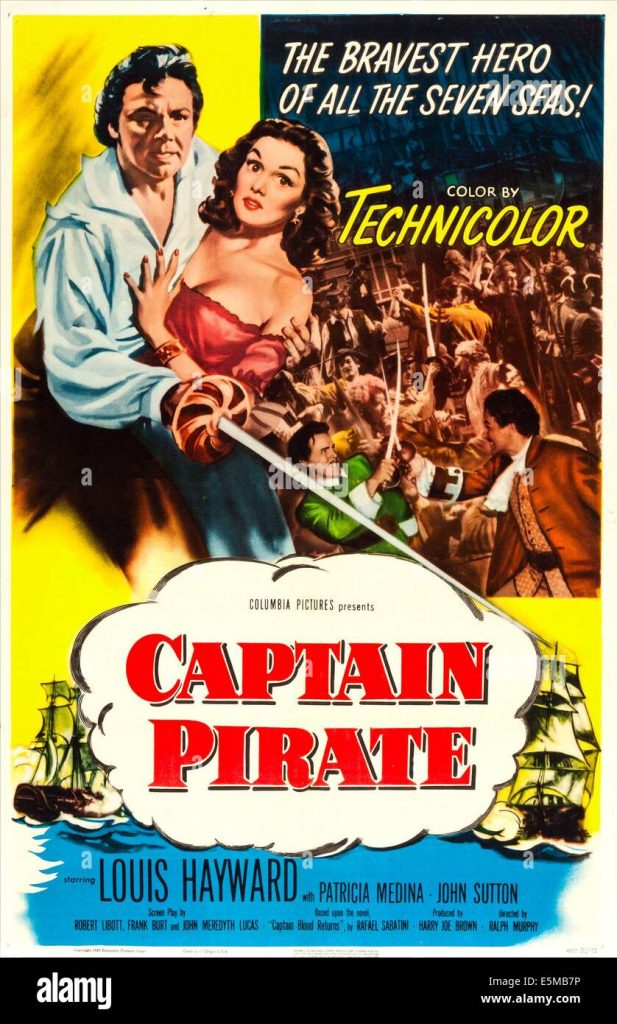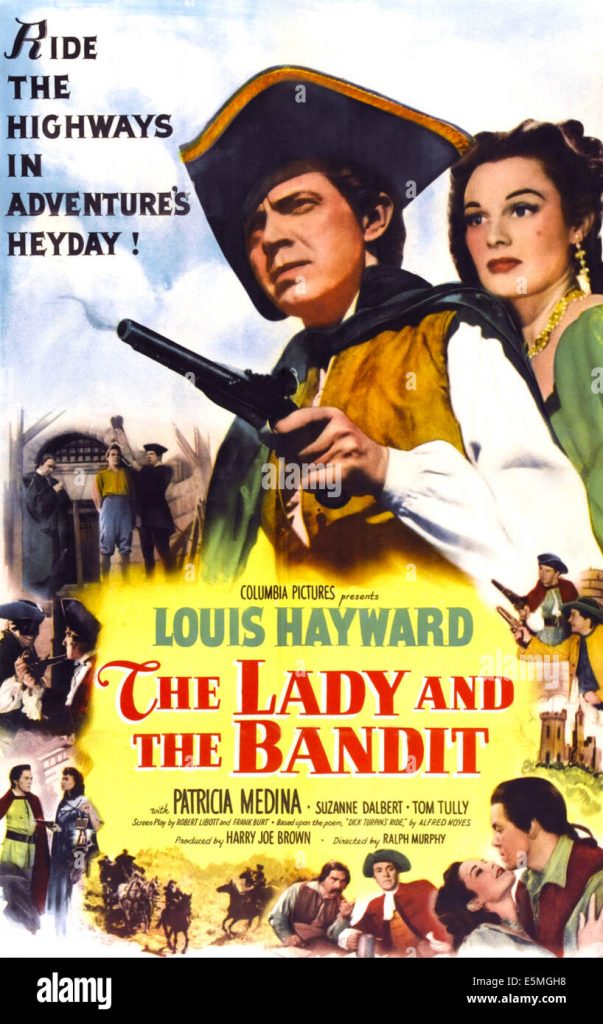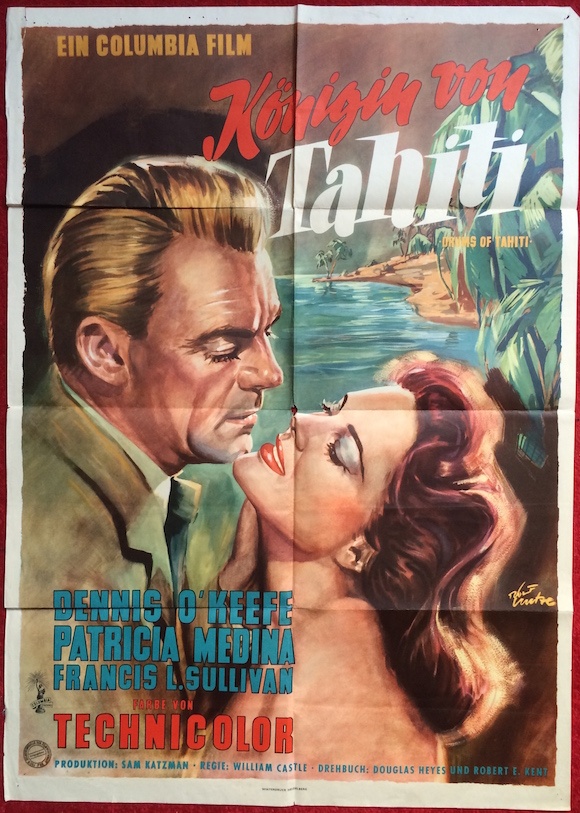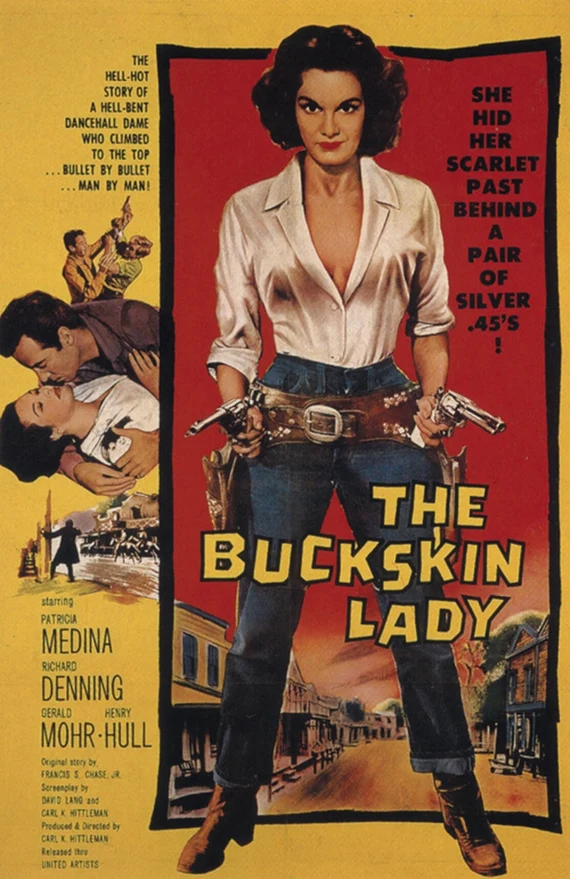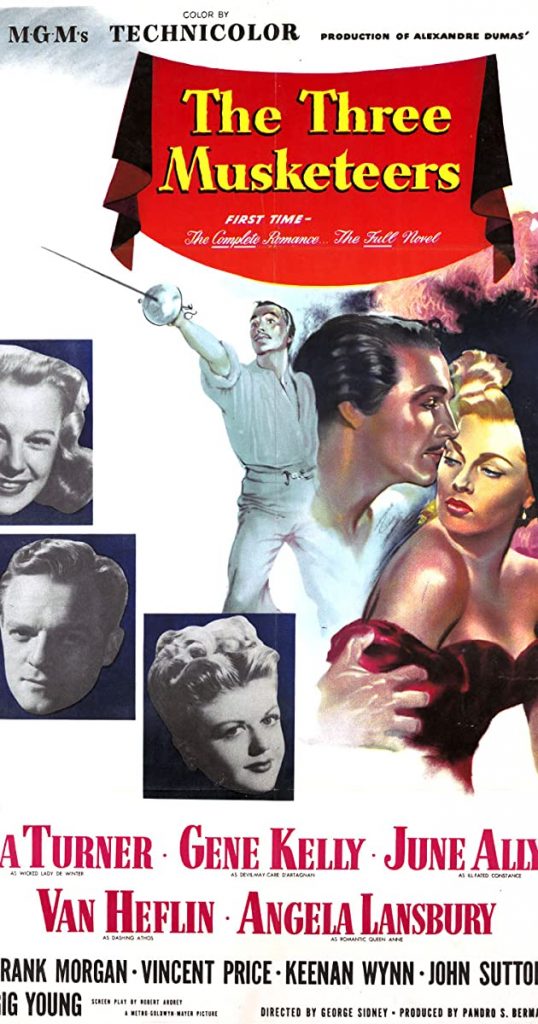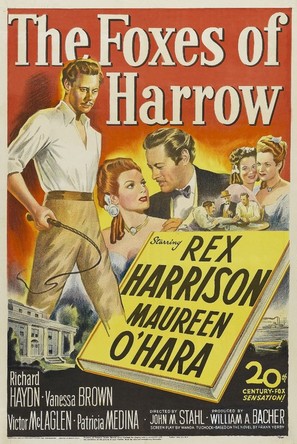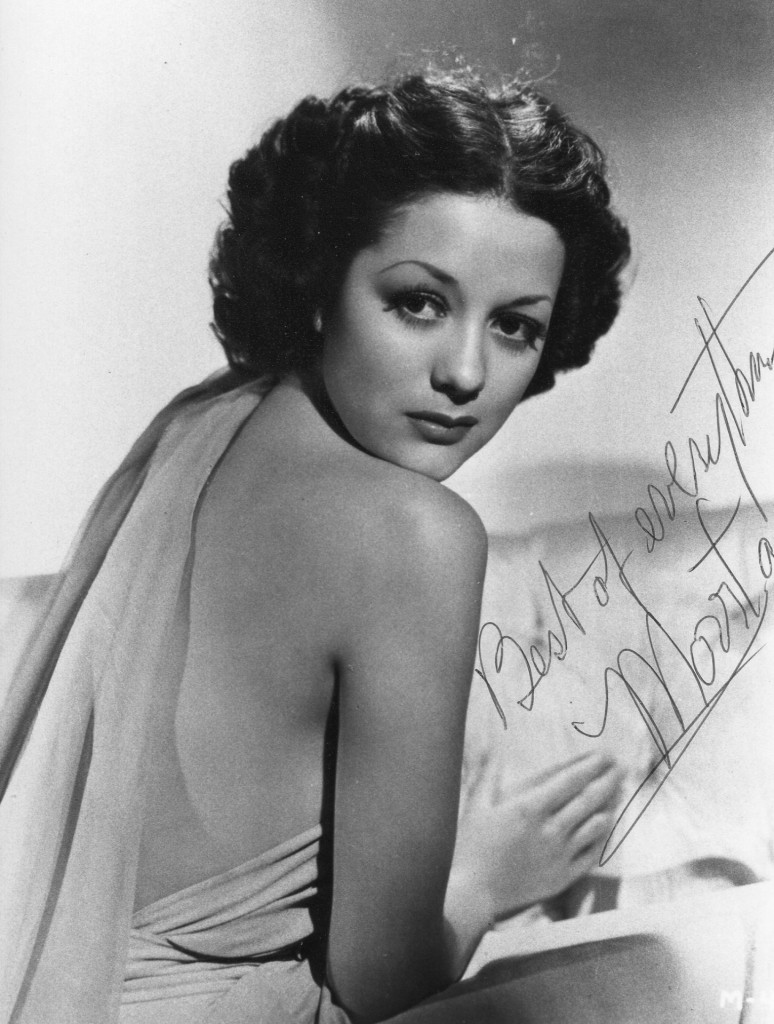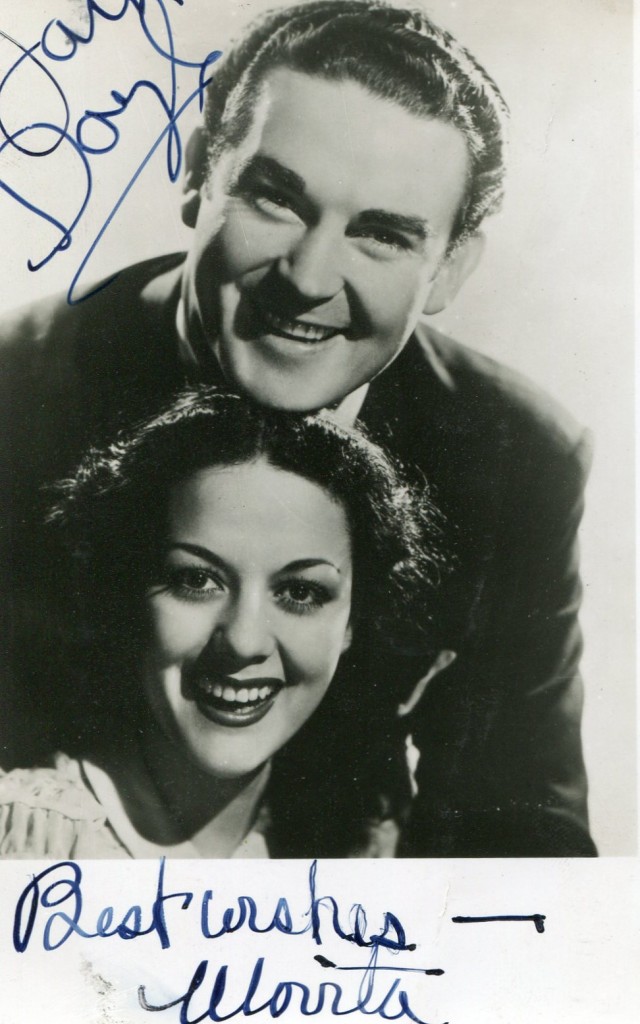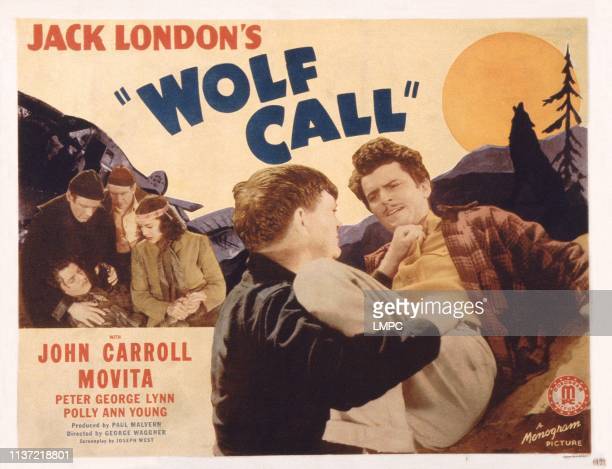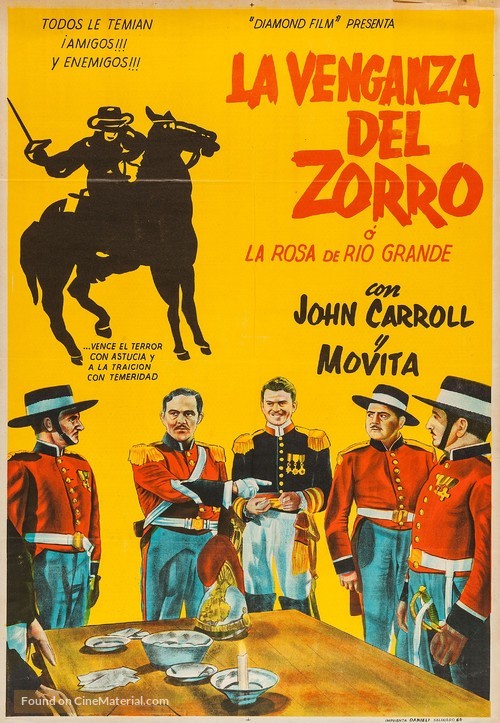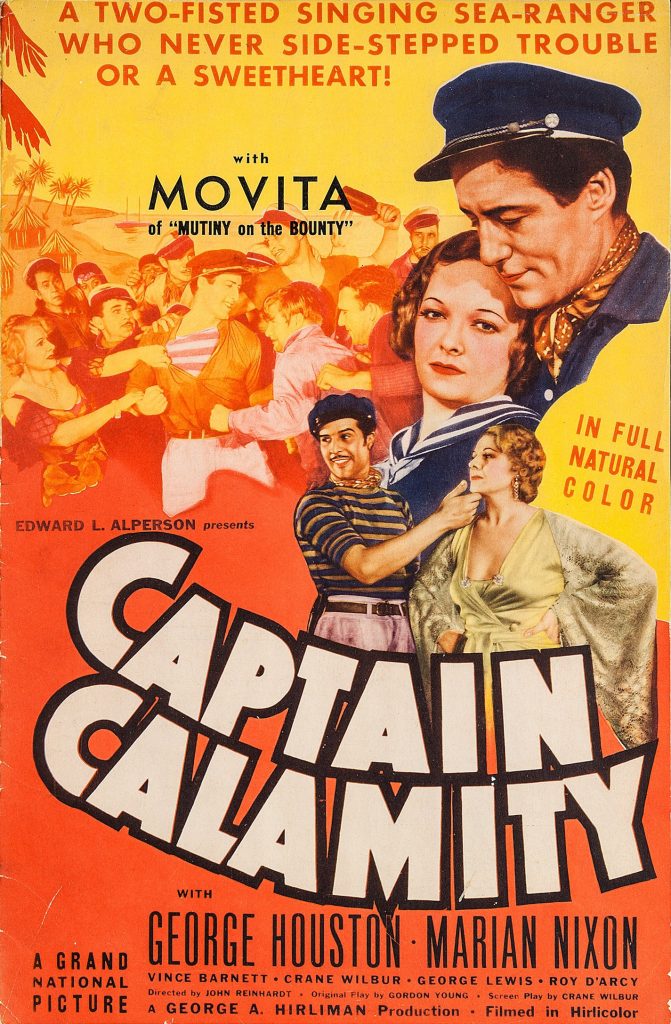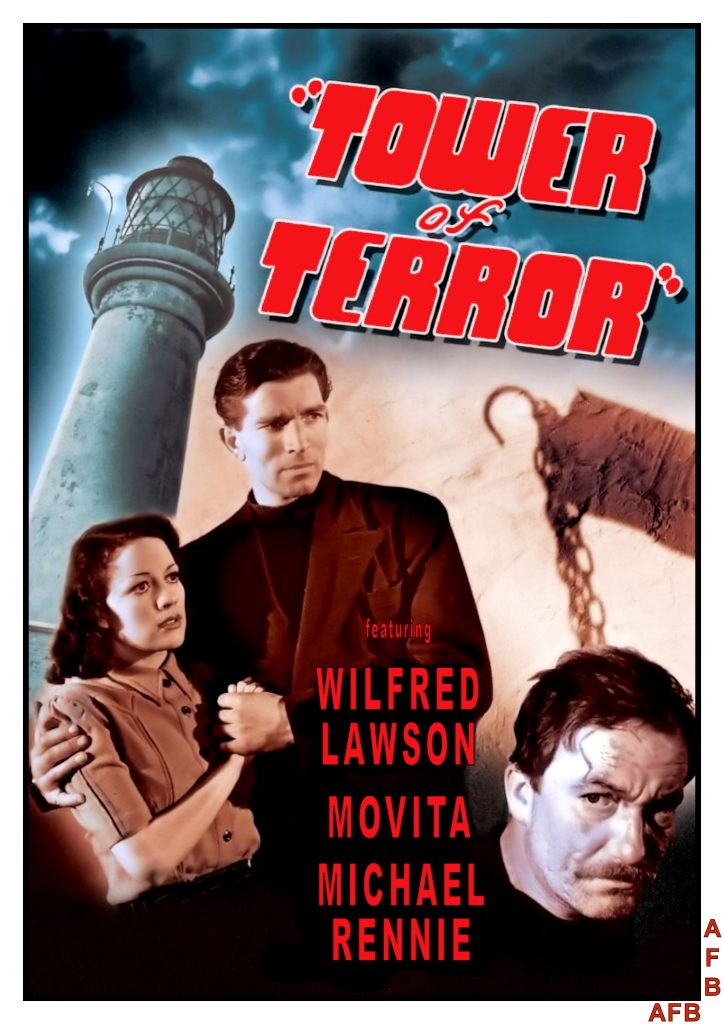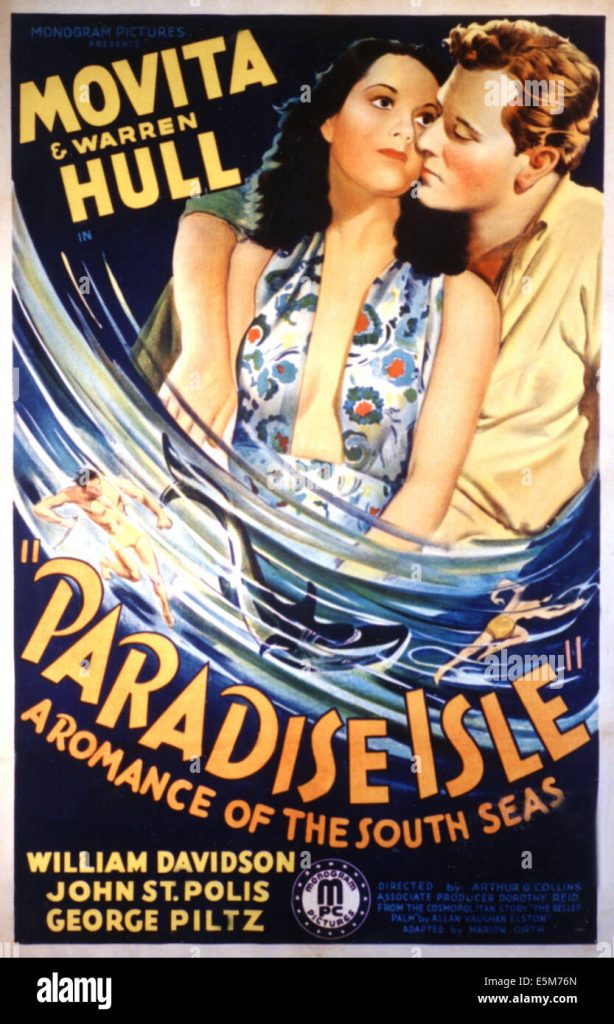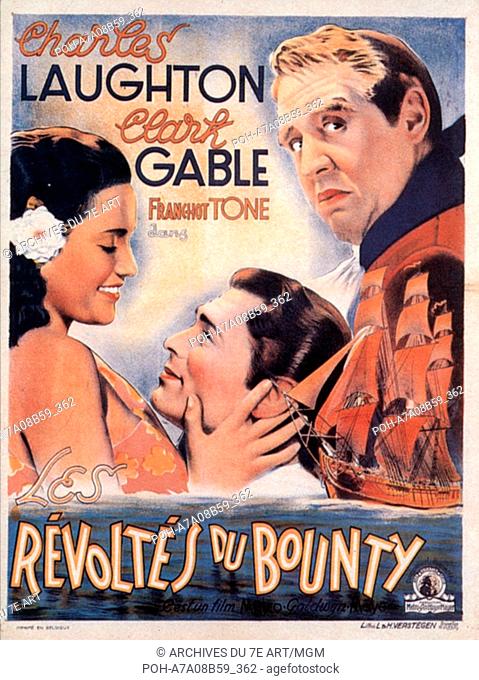



Valentina Cortese was born in Milan in 1923. She made her movie debut in Italian films in 1940. When she made the British film based in the Dolomites entitled “The Glass Mountain”, she achieved international recogniton 1949. Hollywood came calling. She made three films there of which two “Thieve’s Highway” and “The House on Telegraph Hill” are fine examples of film noir. She was though unhappy in Hollywood and returned to European film making. Cortese was nominated for an Academy Award in 1973 for “Day for Night”. Her last film credit was in 1993..
TCM Overview:
European leading lady with dark hair and slightly sharp, Mediterranean features, in English language films from 1948 with “The Glass Mountain.” Cortese married “House on Telegraph Hill” (1951) co-star Richard Basehart in 1951 and enjoyed a prolific career in international cinema spanning over 50 years. She was especially notable as the older actress in Francois Truffaut’s affectionate, insightful, endlessly reflexive film about filmmaking, “Day for Night” (1973













Valentina Cortese obituary in “The Guardian” in 2019.
When Ingrid Bergman received her Oscar as best supporting actress for Murder on the Orient Express (1974), she concluded her acceptance speech by saying: “Please forgive me, Valentina. I didn’t mean to.” She was referring to the vibrant Italian actor Valentina Cortese, who was nominated alongside her for her role in François Truffaut’s La Nuit Américaine (Day for Night, 1973).
In that film, Cortese, who has died aged 96, played Severine, an ageing star who quaffs champagne while working, cannot find the right door to enter or exit, and blames her failure to remember her lines on the makeup girl. Cortese was already an established actor with the best part of her career behind her at the time of Truffaut’s inspirational casting. “A real character, extremely feminine and very funny,” he remarked of her at the time.
Born in Milan, to a single mother who left her in the care of a poor farming family, Cortese was sent to live with her maternal grandparents in Turin when she was six. She enrolled in the National Academy of Dramatic Arts in Rome aged 15, and started in films shortly after – mainly costume dramas in which she played ingenue roles. It was only after the second world war that she was given a chance to reveal her acting talents, beginning with Marcello Pagliero’s neorealist drama Roma Città Libera (1946), in which she gave an expressive performance as a typist who, unable to pay her rent and facing eviction, becomes a prostitute.















In 1948 she starred as both Fantina and Cosetta in one of the many screen adaptations of Victor Hugo’s Les Misérables, and played a concentration camp victim in L’Ebreo Errante (The Wandering Jew, 1948), an updated version of Eugène Sue’s novel.
These roles brought her to the attention of the British producers of The Glass Mountain (1949), a romantic drama set and shot in the Dolomites. Cortese played an Italian partisan who rescues an RAF pilot and composer, portrayed by Michael Denison.
So began her international career. She made several films in Hollywood billed as Valentina Cortesa, working for different studios and so retaining her freedom. The first and best of these was Jules Dassin’s Thieves’ Highway (1949), in which she brought a whiff of neorealism to her role as a prostitute.
“You look like chipped glass,” says Richard Conte as the truck driver enticed to her room. “Soft hands,” he tells her. “Sharp nails,” she retorts. According to Variety, “Even in a cast as effortlessly talented as this, Cortese stands out. Jaggedly beautiful and yet possessed of a warm wit, she fluctuates from animal seduction to cosy repartee in the blink of an eye.”
In Black Magic (1949) – cast as the faithful Gypsy friend of Orson Welles, portraying Cagliostro, an 18th-century hypnotist, conjuror and charlatan – Cortese had to play second fiddle to the insipid Nancy Guild. In Malaya (1949), she was the obligatory love interest, playing alongside the smugglers Spencer Tracy and James Stewart.
On a short return to Italy, Cortese appeared in Géza von Radványi’s Donne Senza Nome (Women Without Names, 1950) as a pregnant Yugoslav widow incarcerated in a camp for displaced women after the end of the second world war. Back in Hollywood, in The House on Telegraph Hill (1951), a richly layered film noir directed by Robert Wise, she portrayed a survivor from a Nazi concentration camp who assumes the identity of a dead prisoner in order to enter the US. Vulnerable but inwardly strong, Cortese interacts superbly with Richard Basehart, playing a man trying to murder her for her estate. She and Basehart married soon after the film was completed.
Destined to play tragic roles for most of the 1950s, Cortese was a refugee in London in Thorold Dickinson’s Secret People (1952), plotting to kill a visiting dictator. Audrey Hepburn, in one of her first substantial roles, played her young ballerina sister.
Basehart and Cortese settled in Rome and appeared together in Avanzi di Galera (Jailbirds, 1954). While he led a peripatetic existence, working in different European countries, she appeared in prestigious productions such as Joseph Mankiewicz’s The Barefoot Contessa (1954), as the doomed nobleman Rossano Brazzi’s caring sister.
By far the best of her films at this time was Michelangelo Antonioni’s Le Amiche (The Girlfriends, 1955), which involved the affairs of five haute-bourgeois women, with Cortese giving a sensitive and subtle performance as a ceramic artist, the most serious-minded and talented among them, married to an unsuccessful artist. As one of the women puts it to justify stealing her husband, “A woman with more talent than her man is unfortunate.”
In 1960, Basehart and Cortese divorced. He returned to the US, leaving her with custody of their son, Jackie. Cortese continued to appear, usually hamming it up, in a variety of European co-productions with international casts including one of Mario Bava’s tongue-in-cheek horror movies, La Ragazza Che Sapeva Troppo (The Evil Eye, 1963).
Cortese also had supporting roles in Bernhard Wicki’s The Visit (1964), Federico Fellini’s Giulietta degli Spiriti (Juliet of the Spirits, 1965), Robert Aldrich’s The Legend of Lylah Claire (1968), in which she portrayed a flashy costume designer, and Joseph Losey’s The Assassination of Trotsky (1972), as the spouse of Richard Burton in the title role.
Her Oscar nomination for Day for Night did nothing to improve her roles or the pictures she appeared in subsequently. Many were real turkeys, such as the disaster movie When Time Ran Out (1980). Her last role was as Mother Superior in Franco Zeffirelli’s inferior tearjerker Sparrow (1993).
In 2012 she published her autobiography, Quanti Sono i Domani Passati, from which Francesco Patierno made a documentary, Diva! (2017) – with eight actors portraying her at different stages of her life.
Jackie died in 2015.
Ronald Bergan
John Francis Lane writes: Among the many films in which Valentina Cortese starred during the wartime years was Quarta Pagina (1942), on which she first met the upcoming scriptwriter Federico Fellini, an “engaging, intelligent young man who scribbled the day’s dialogue on bits of paper”. It was through Cortese that Fellini cast Richard Basehart as the tightrope-walking Fool in his classic film La Strada (1954).
One of Cortese’s liveliest roles came in Fellini’s Juliet of the Spirits, in which she appeared in the grotesque seance scene as one of the exotic friends of the eponymous medium; her character was called Valentina.
Cortese enjoyed considerable success on stage as well as on screen. Her professional and private relationship with the theatre and opera director Giorgio Strehler resulted in some of her greatest performances – and much heartache. For him she played in Chekhov, Shakespeare, Brecht and, most memorably, Pirandello’s unfinished The Mountain Giants, as the enigmatic actor-countess whose company never gets to perform.
She became a cult figure for addicts everywhere of high camp. Her fans in Italy even adored her in the short-lived Roman run, in 1973, of Luchino Visconti’s travesty of Harold Pinter’s Old Times. Cortese was encouraged by the ailing director to make explicit the lesbian relationship only subtly hinted at in Pinter’s original.
Though she only gets a brief mention in Zeffirelli’s autobiography – he recalls her terror of earthquakes while they were filming Brother Sun, Sister Moon (1972) in Umbria – Cortese was for many years a grande dame at the Zeffirelli court. On the opening night of his production of Friedrich Schiller’s Mary Stuart in 1983, she seemed eager to replay her famous Truffaut role and forgot her lines.
• Valentina Cortese, actor, born 1 January 1923; died 10 July 2019
• John Francis Lane died in 2018










